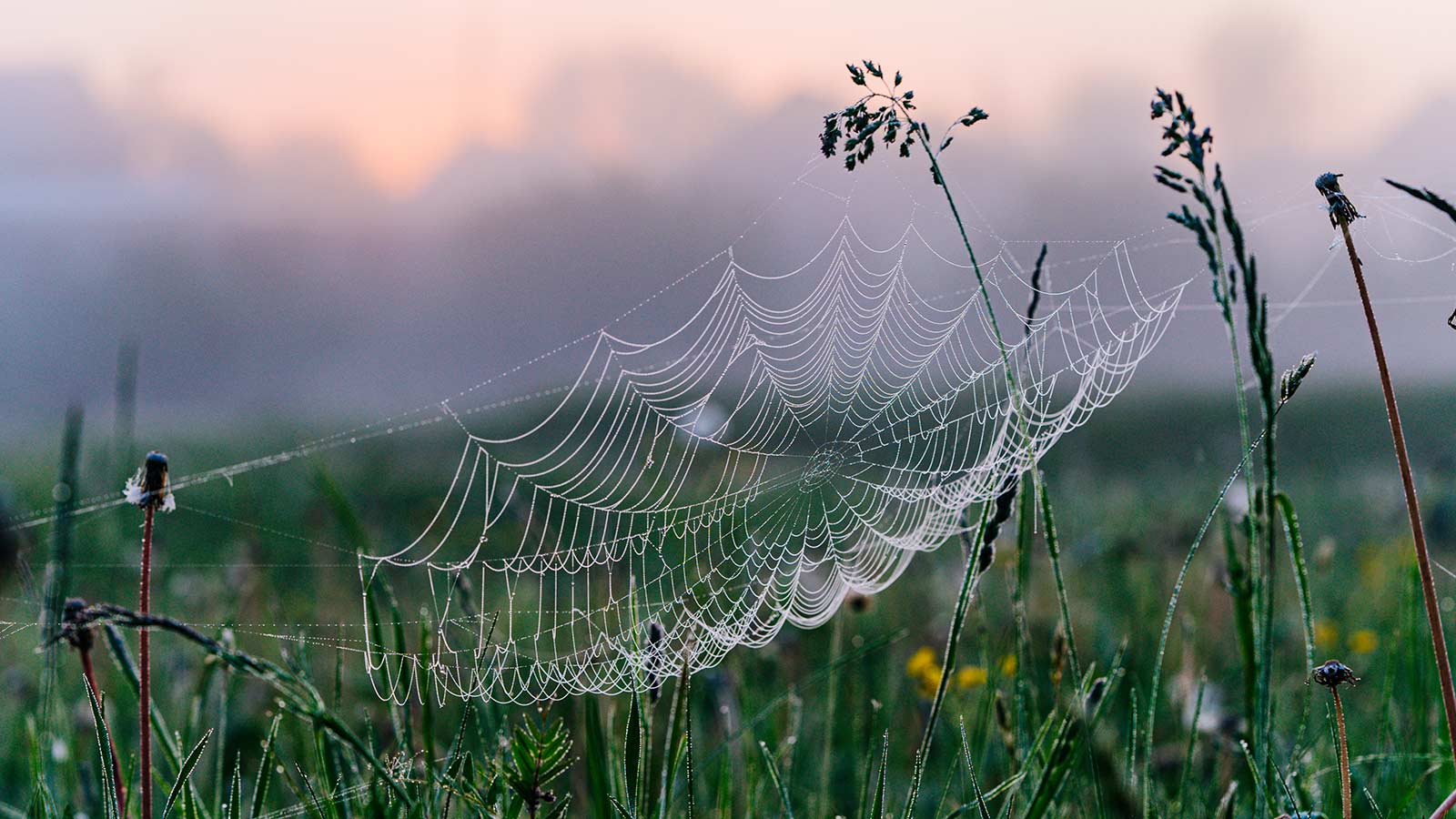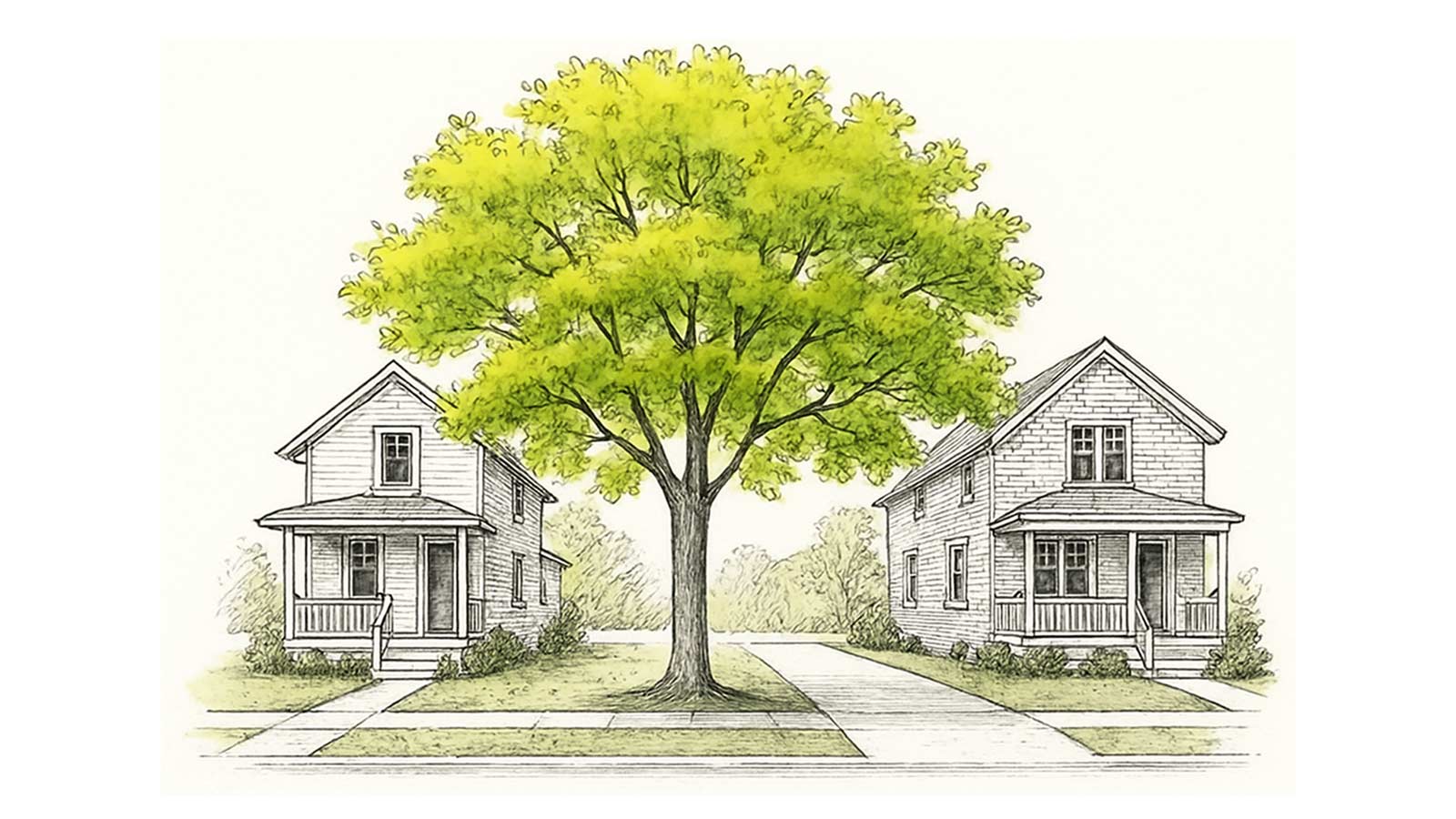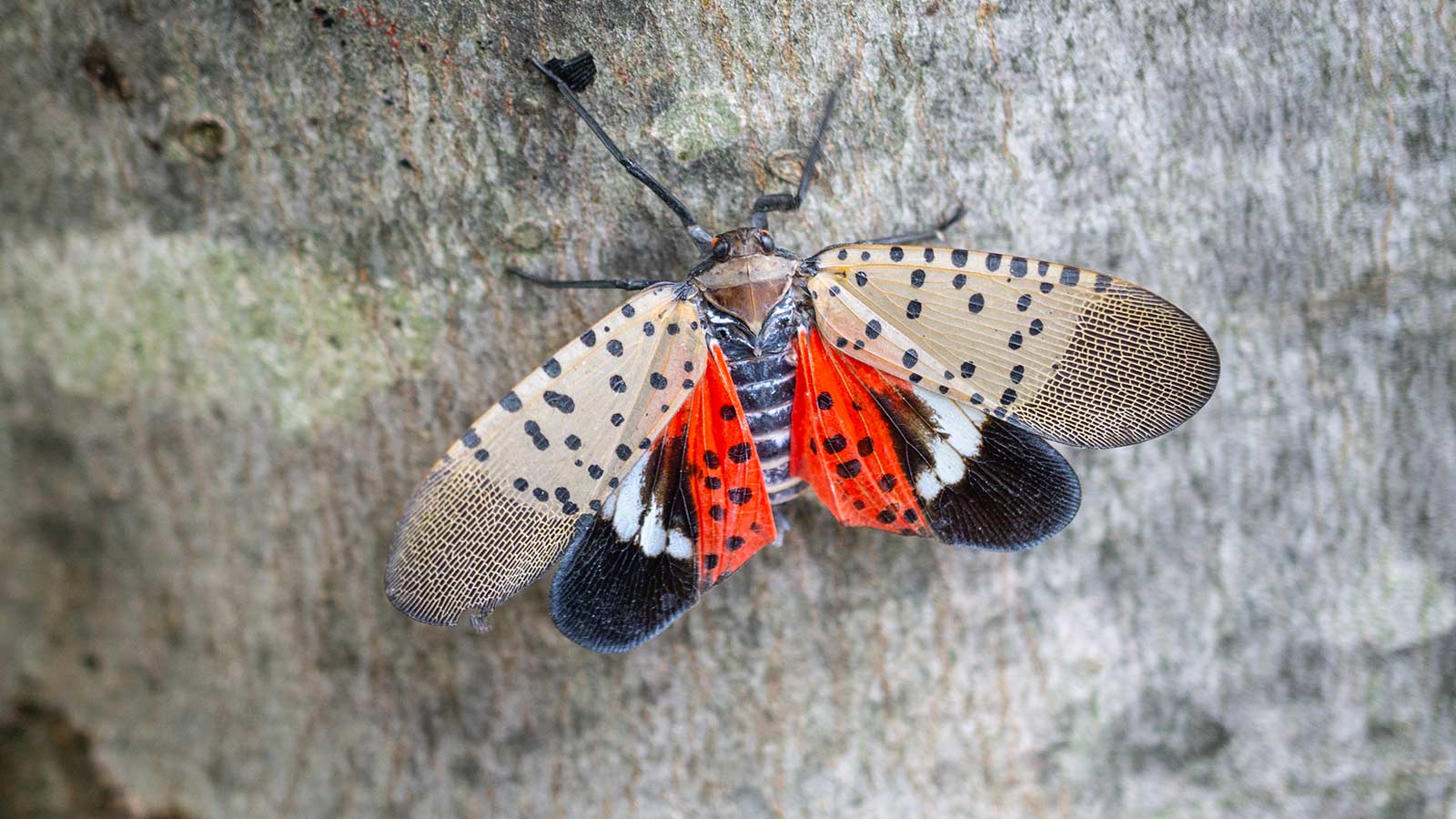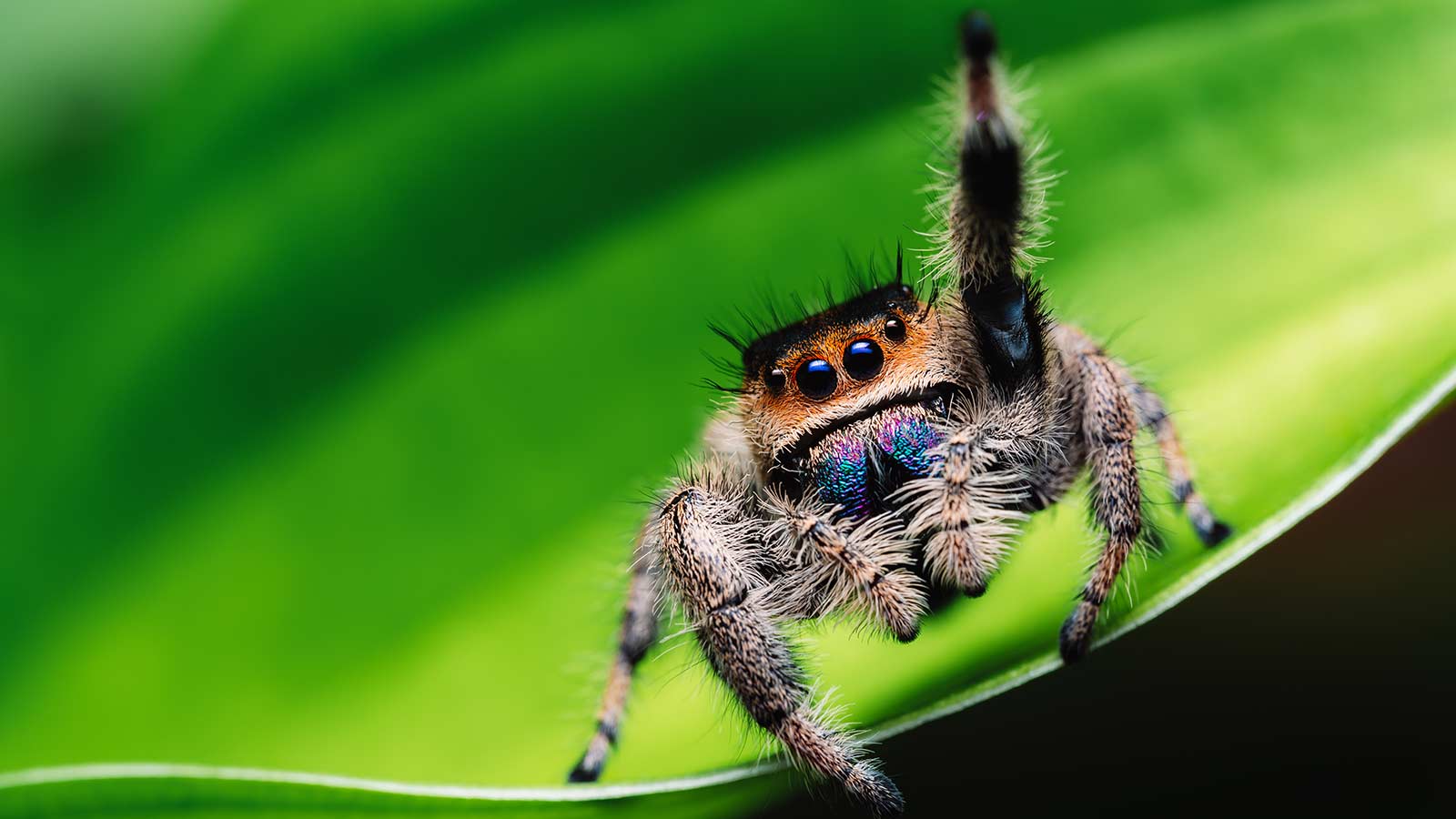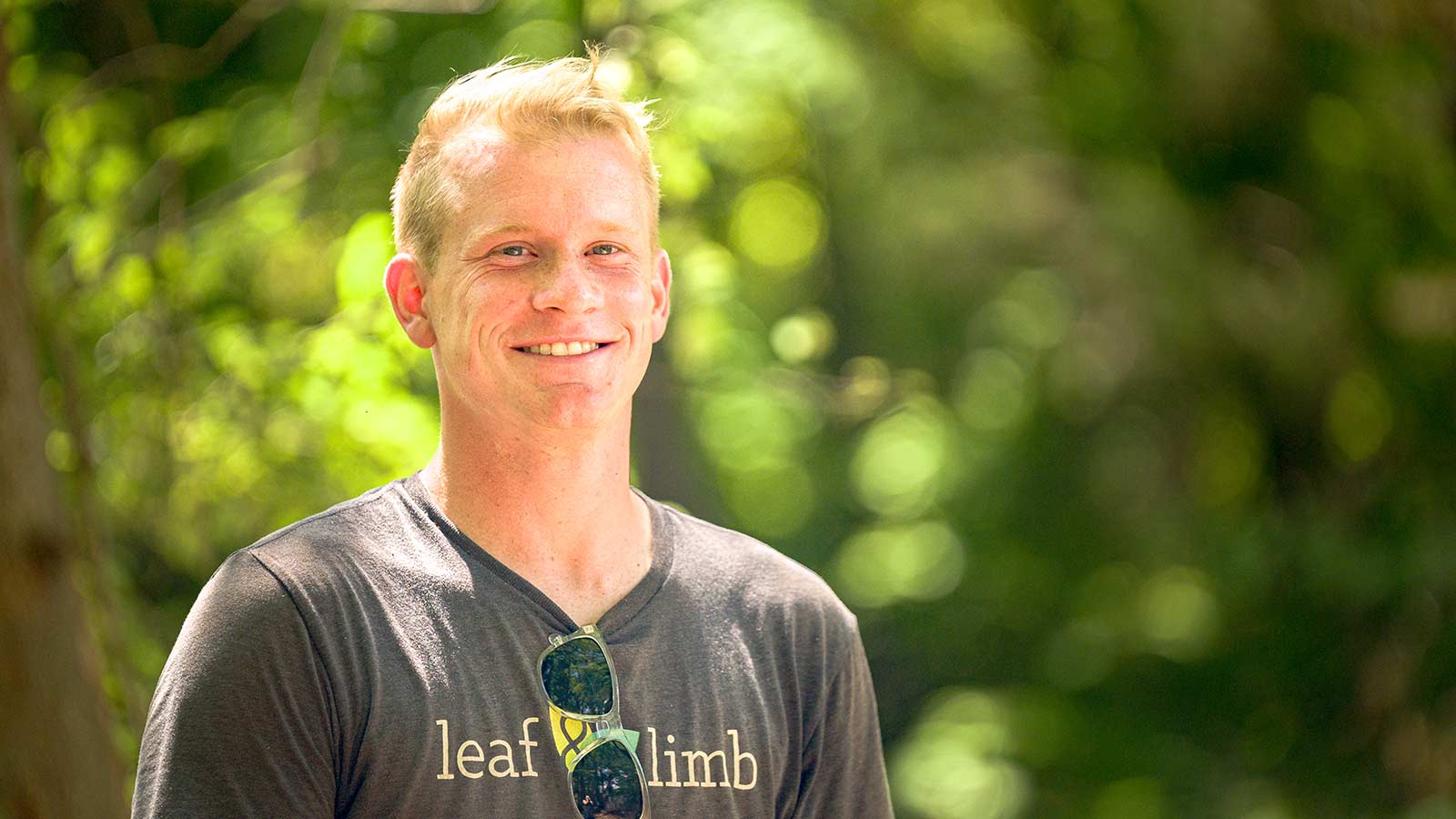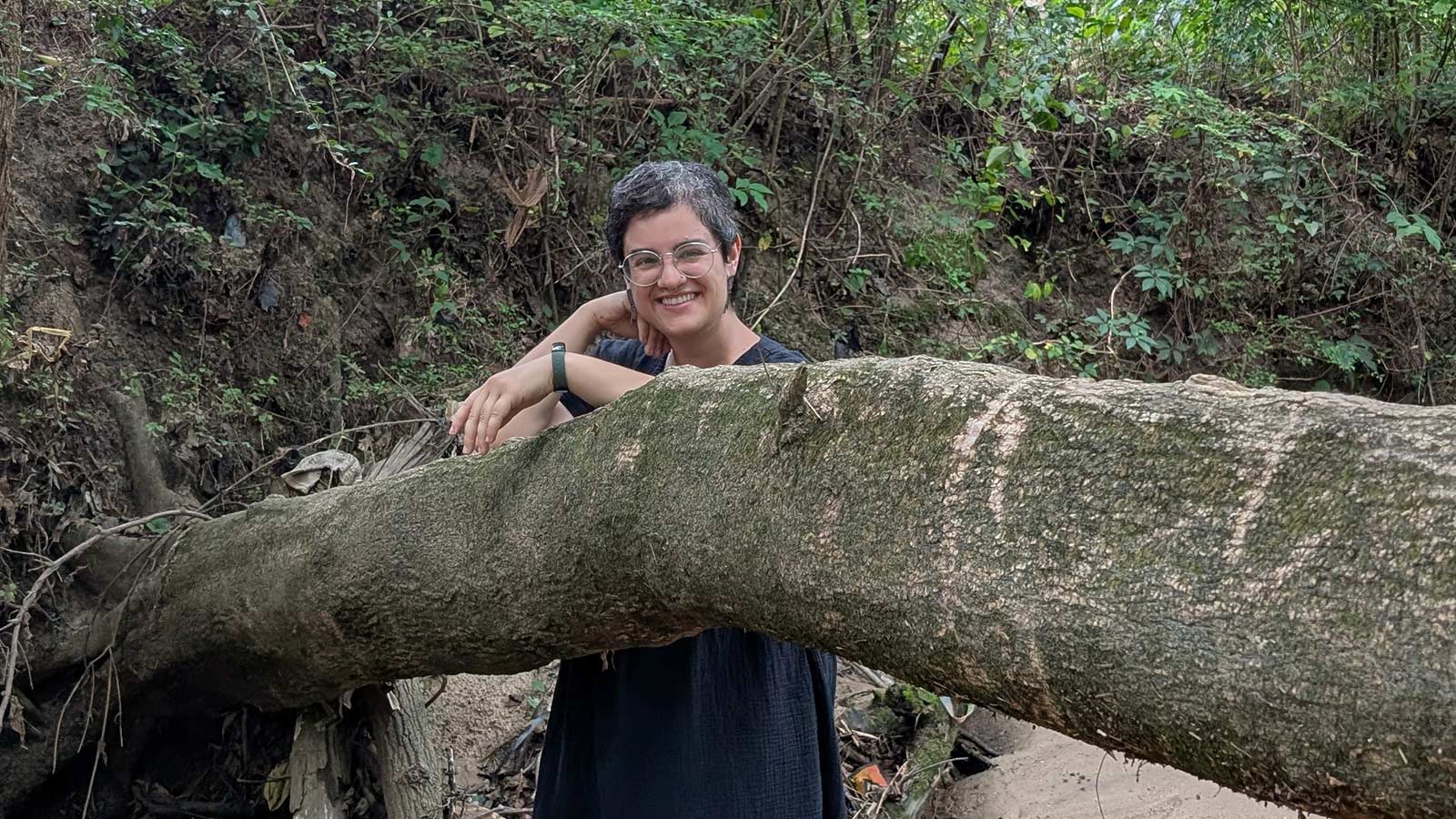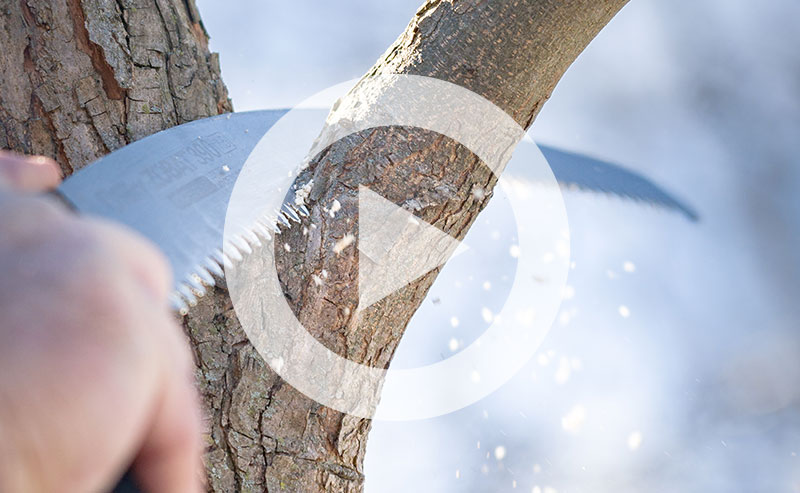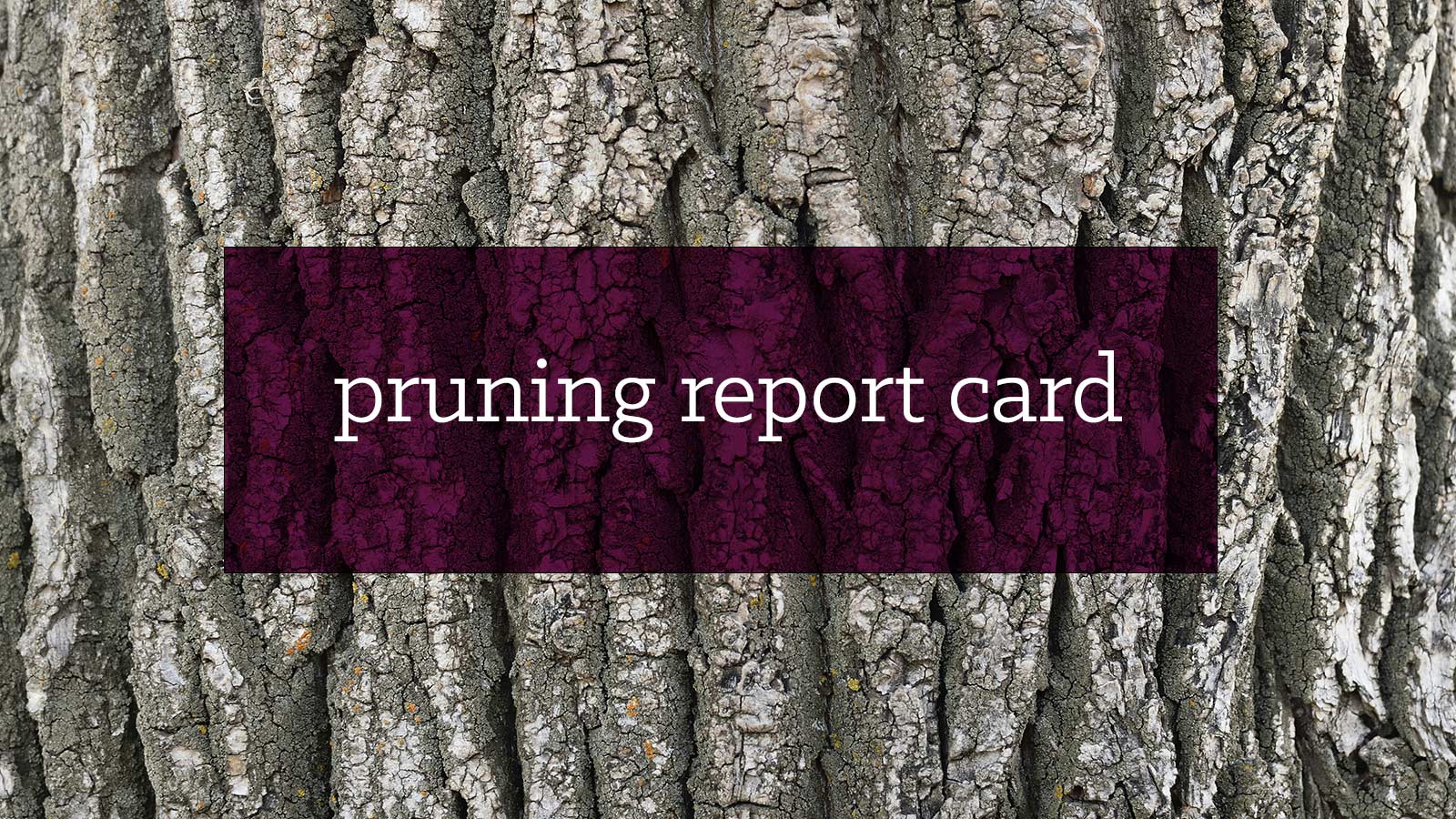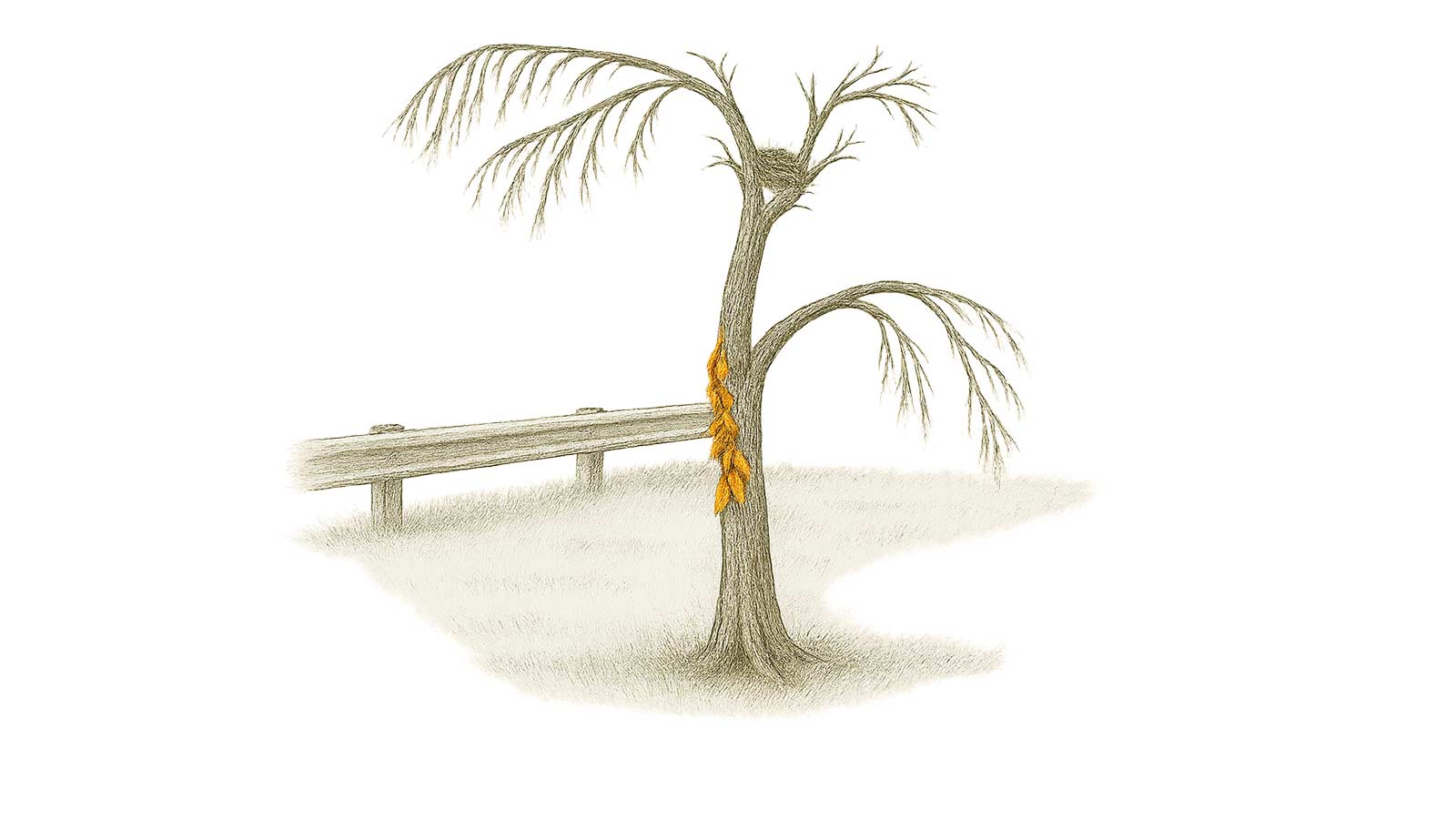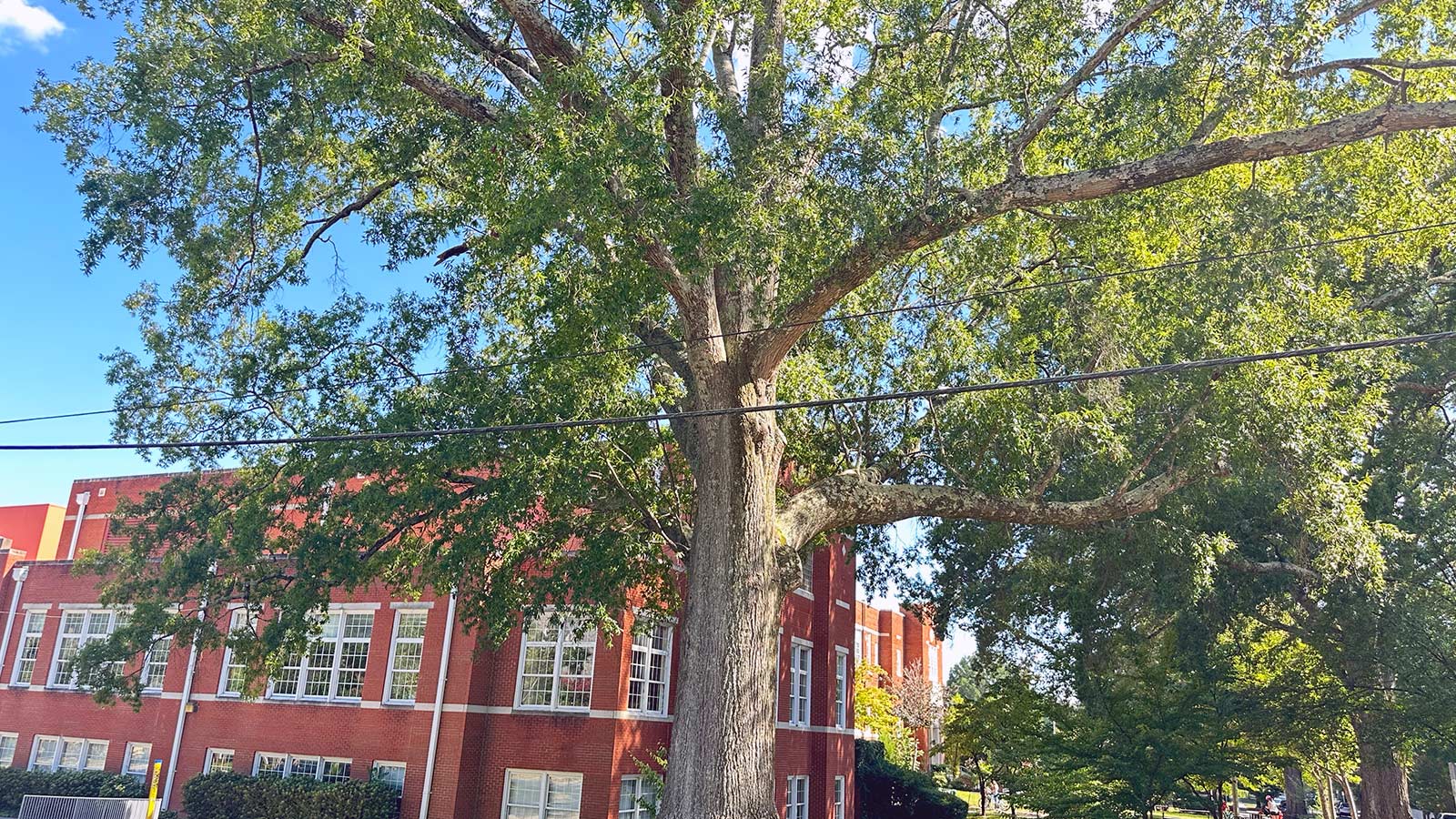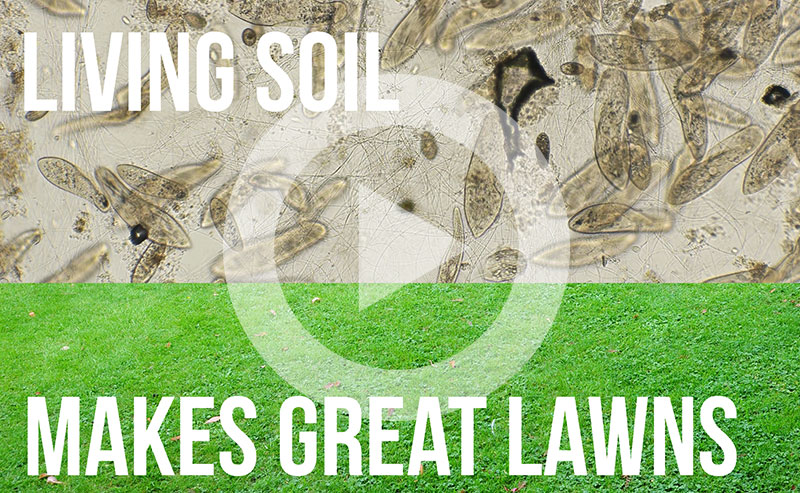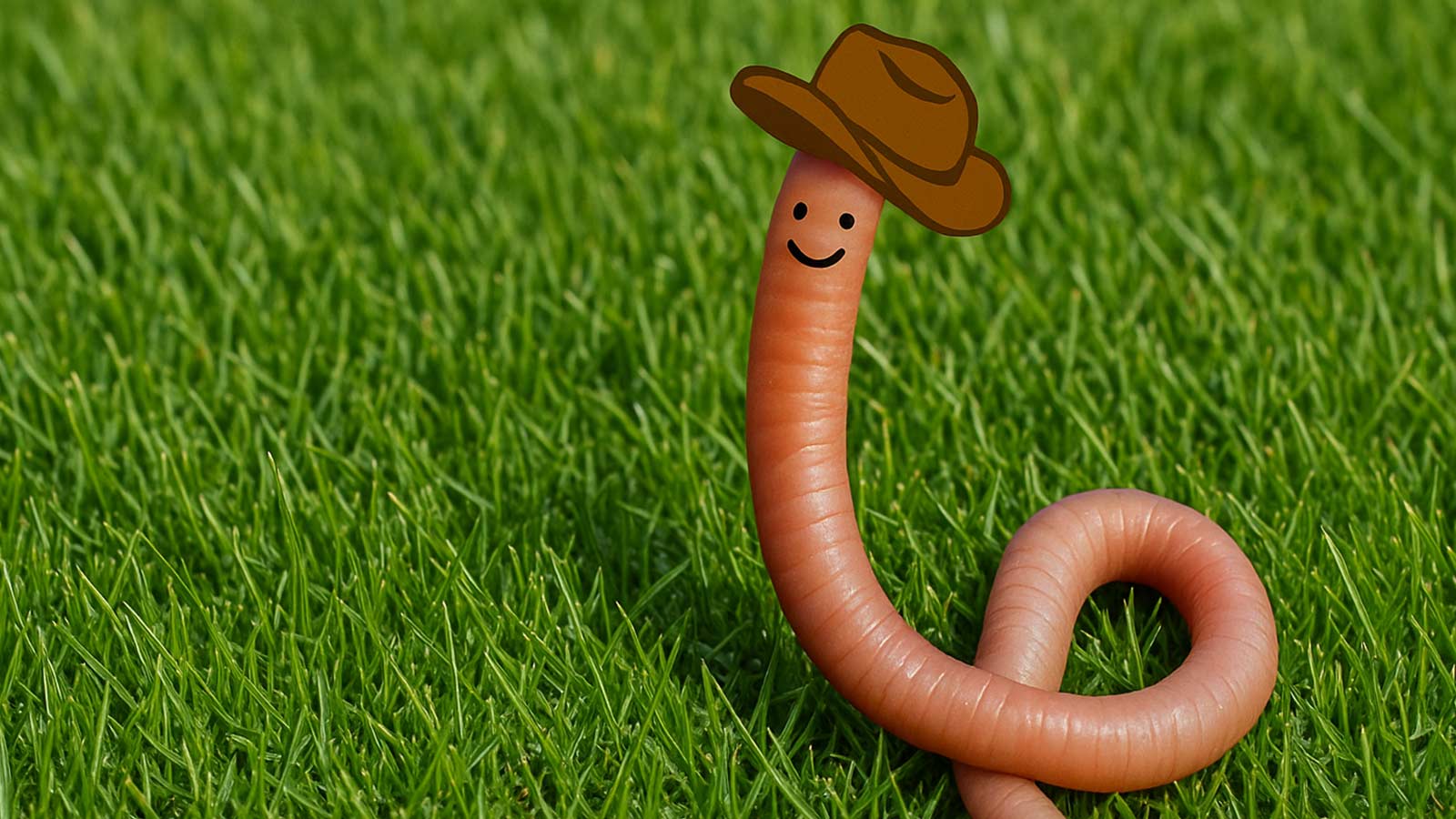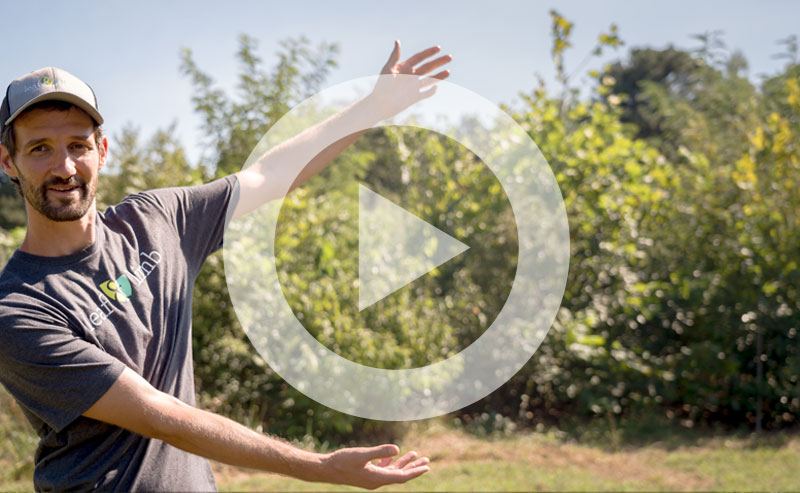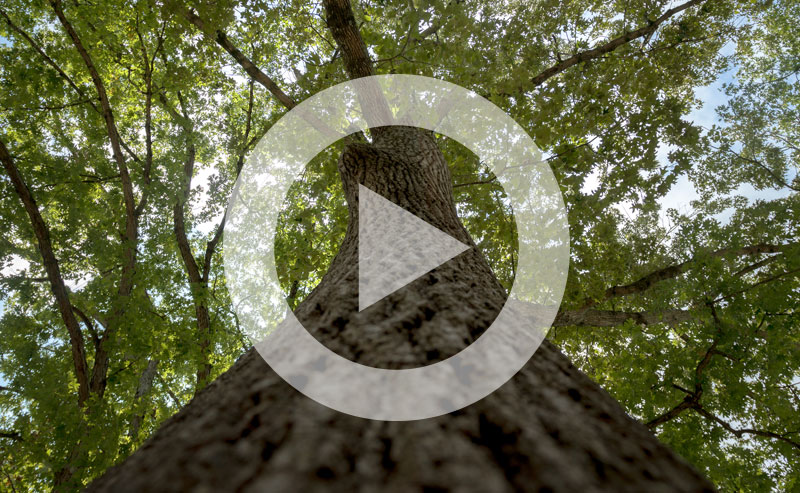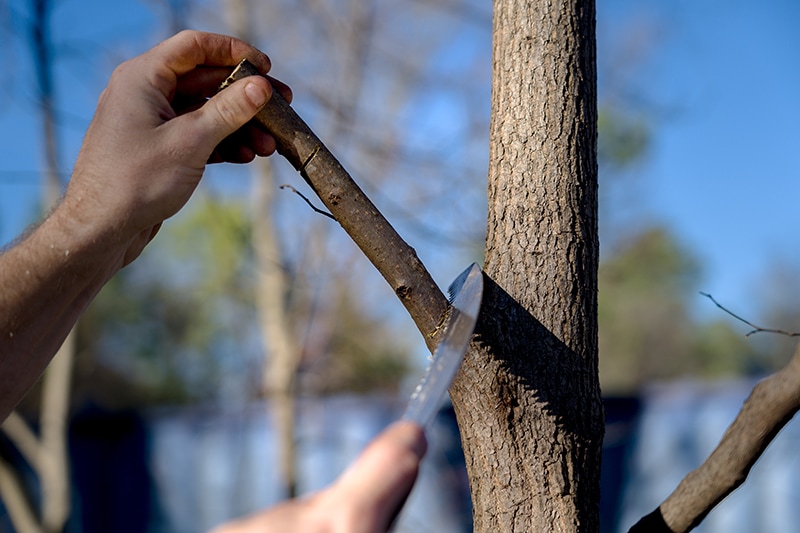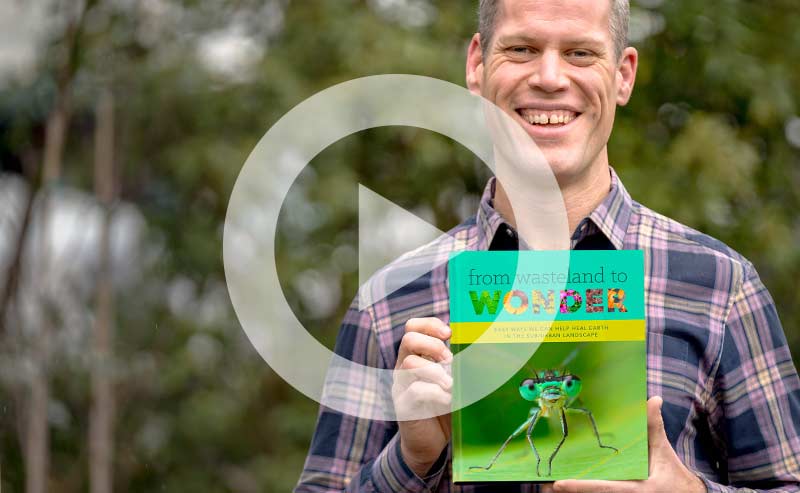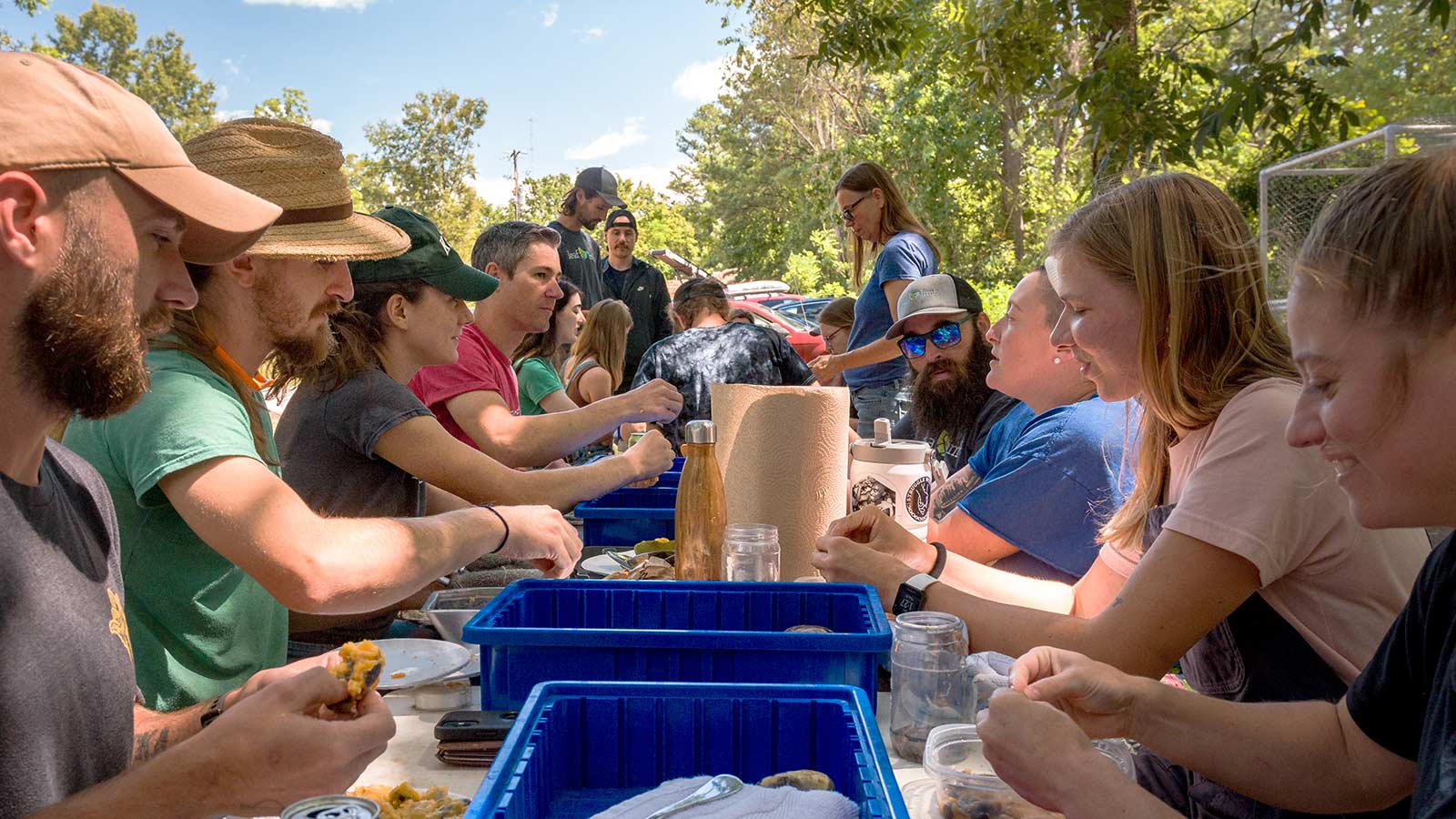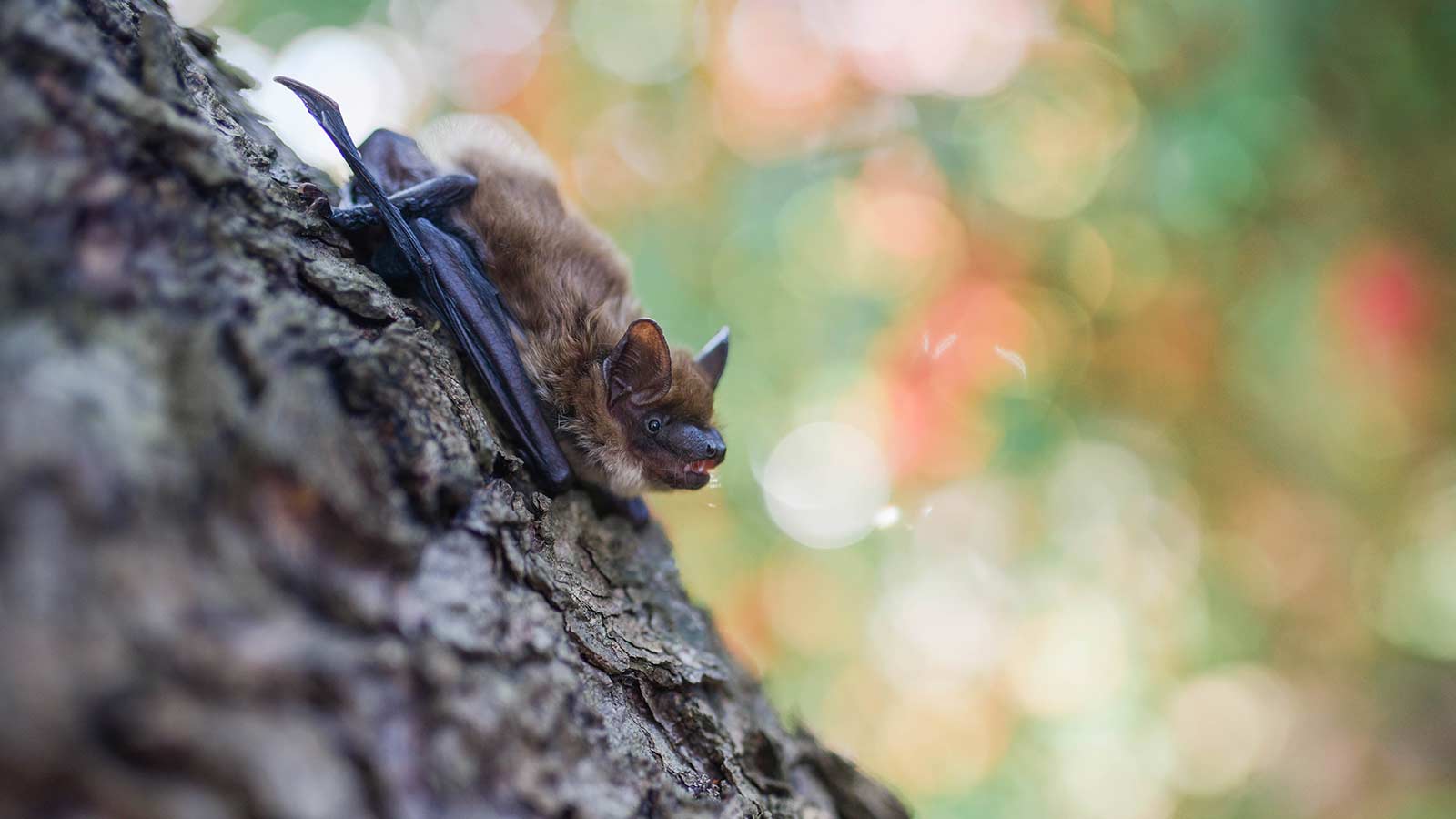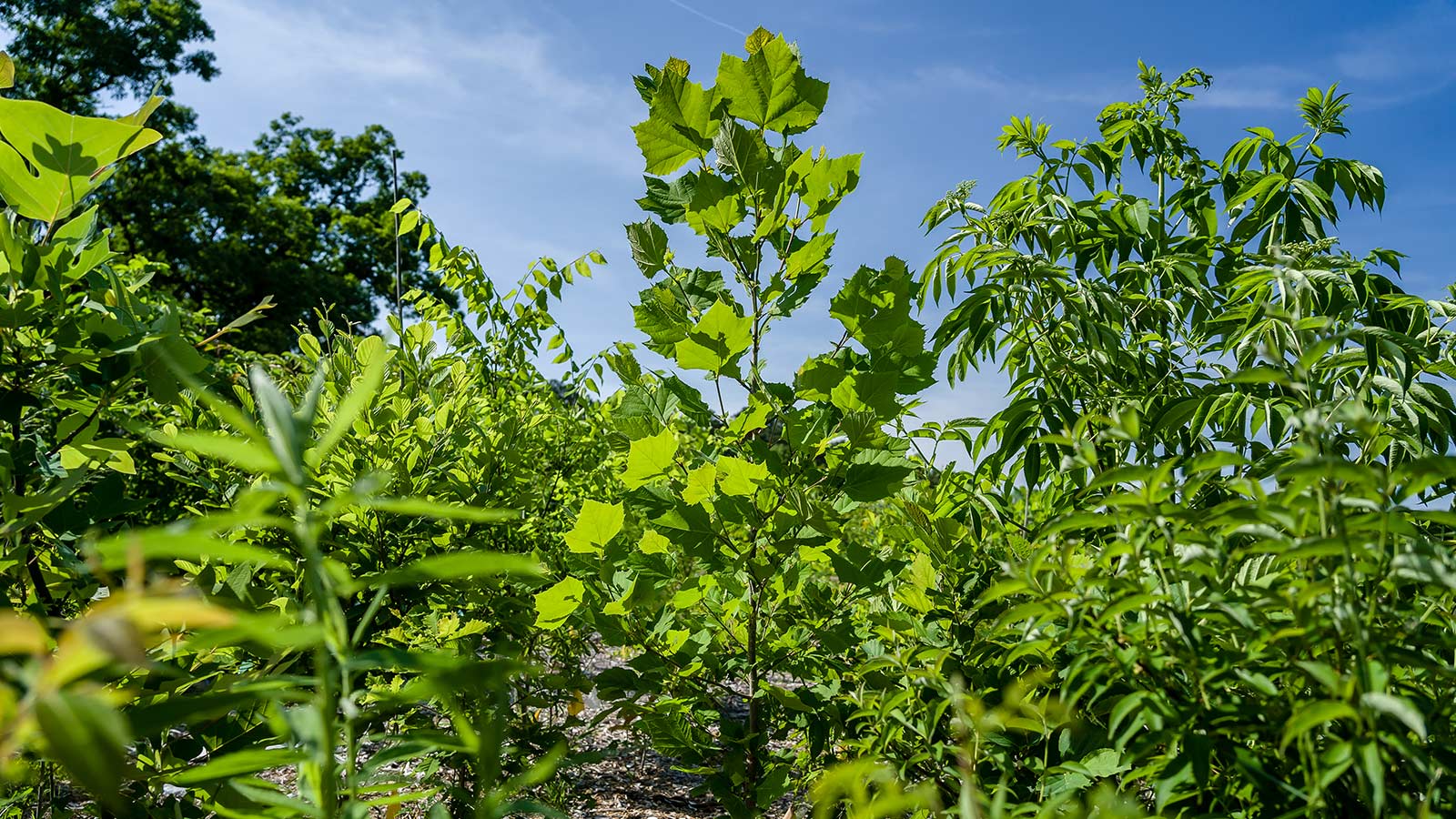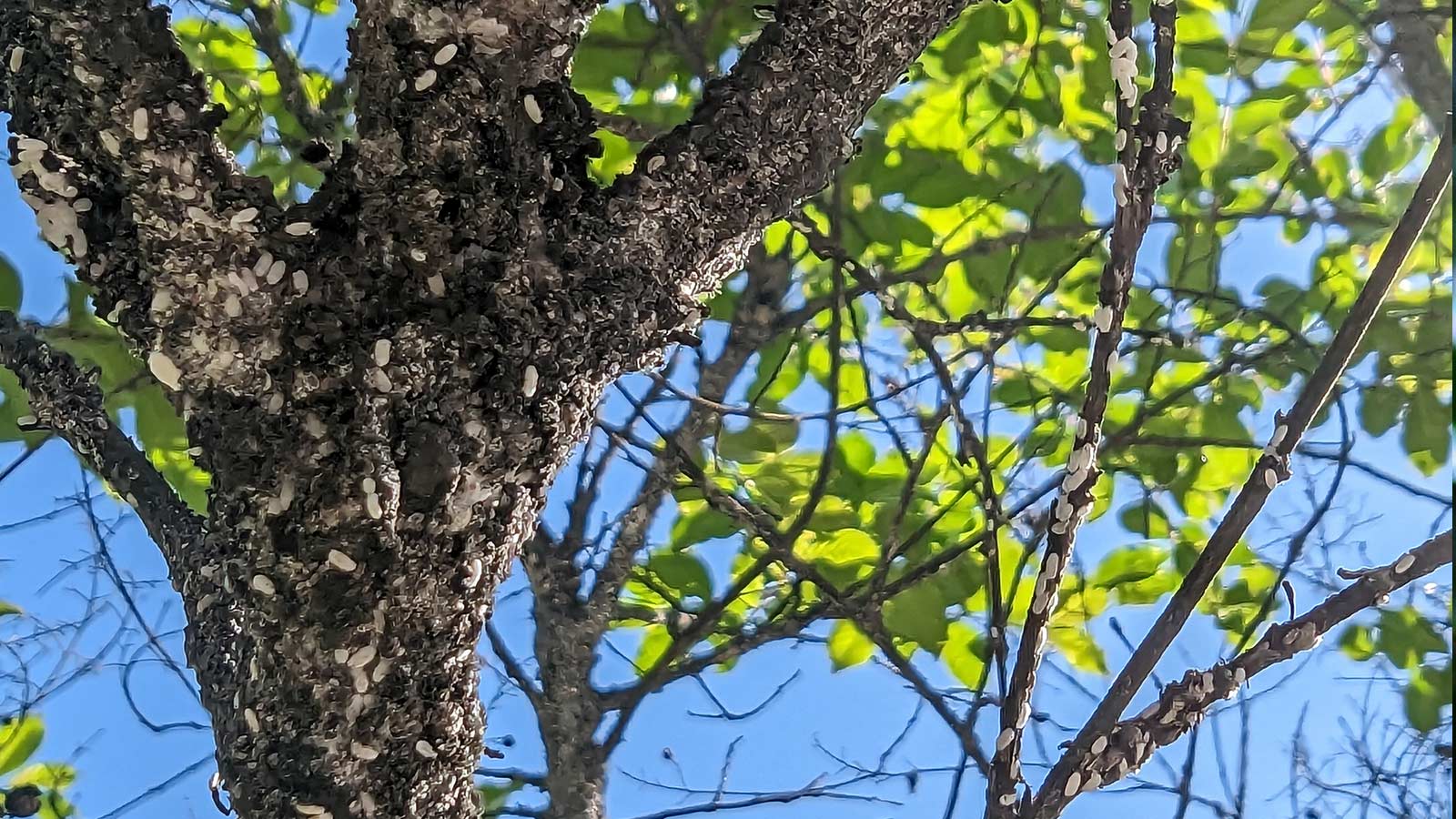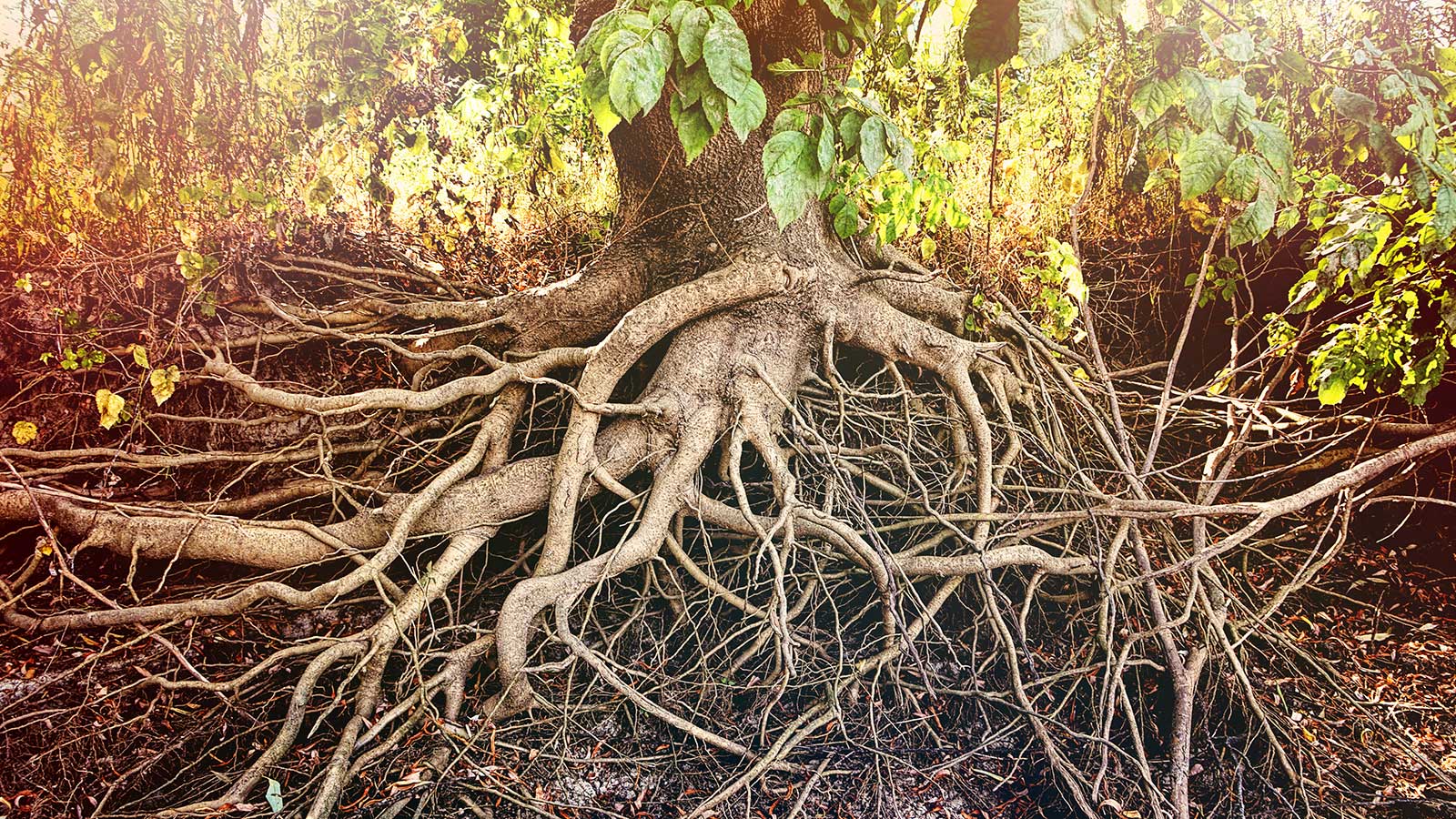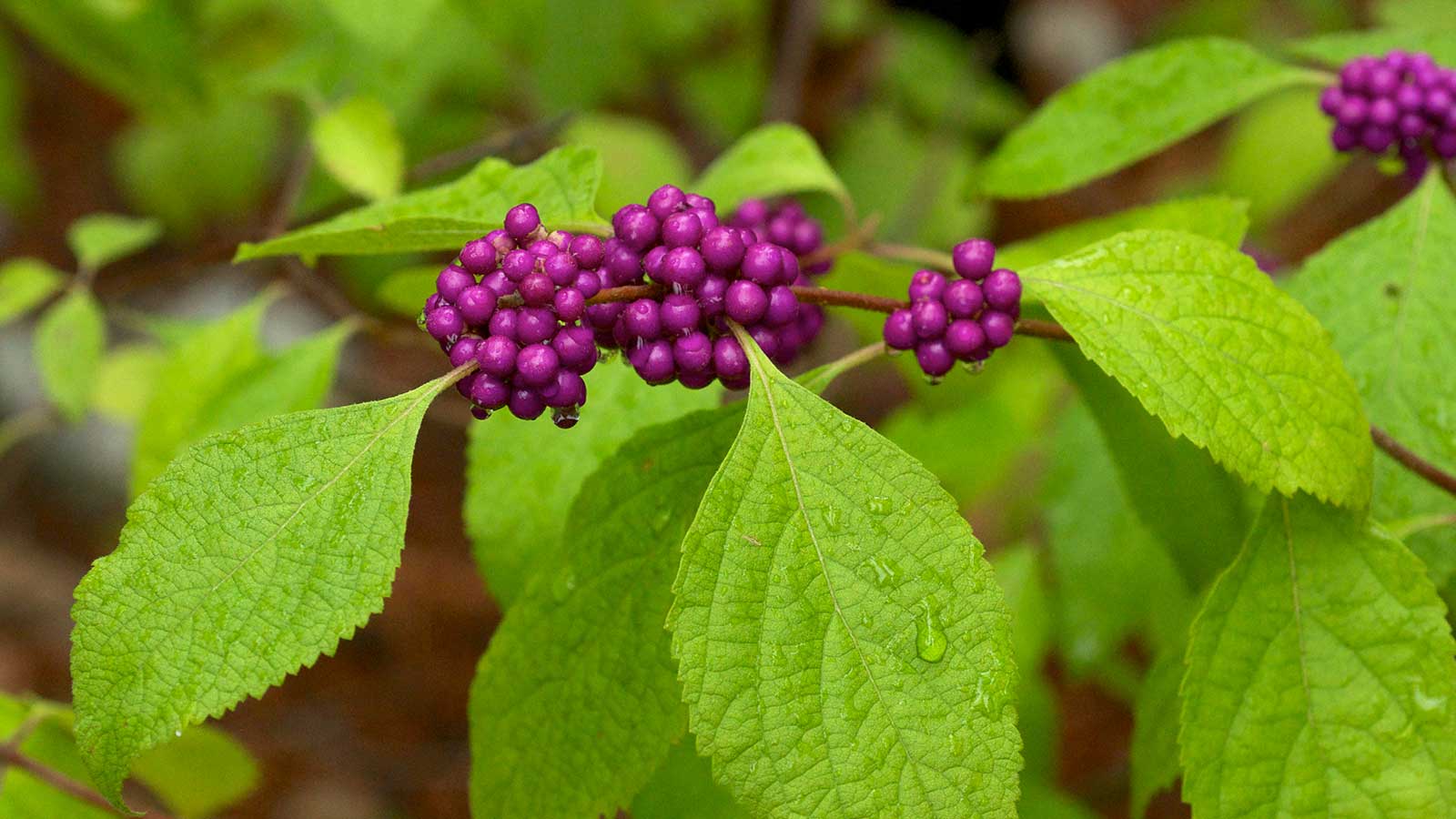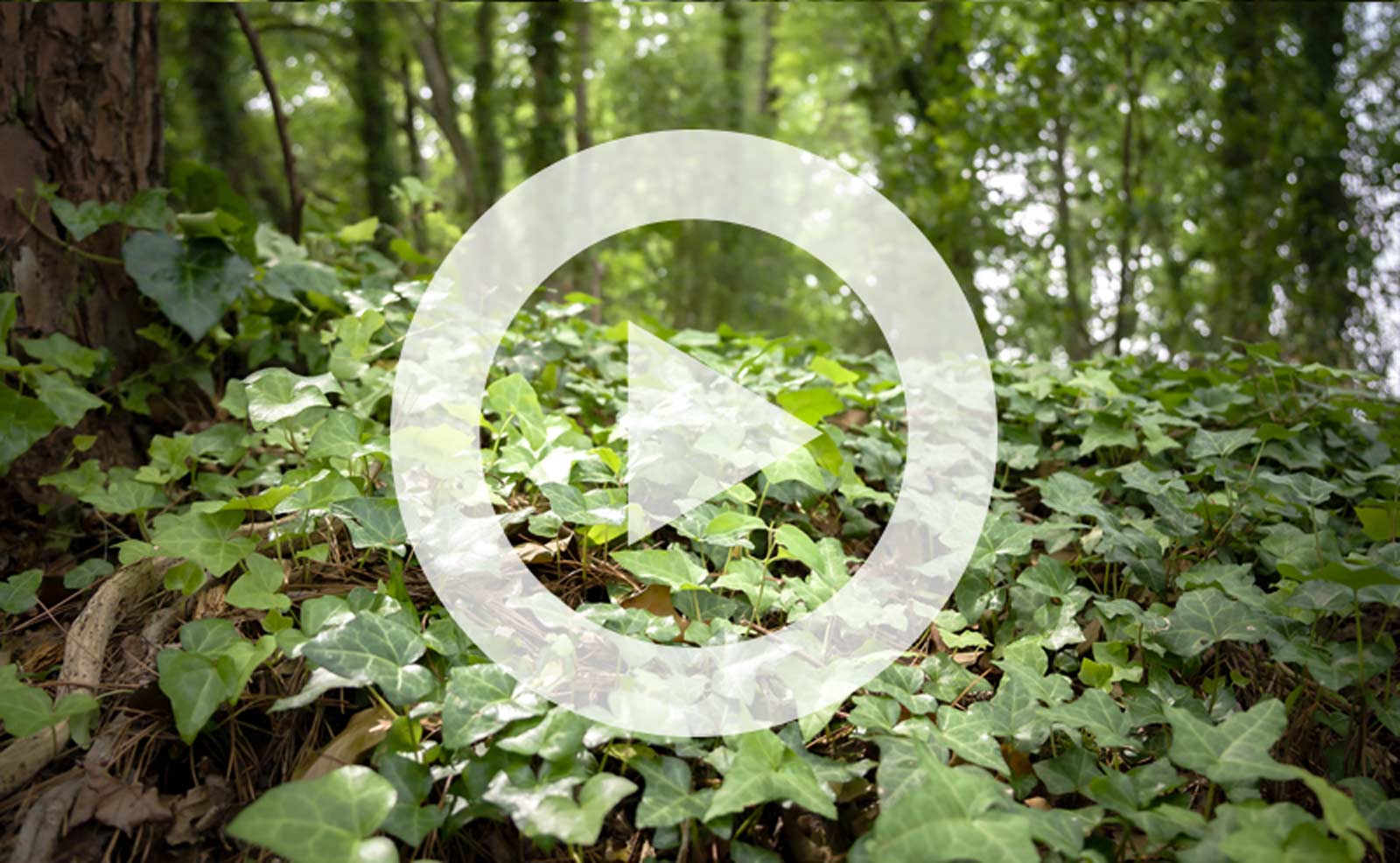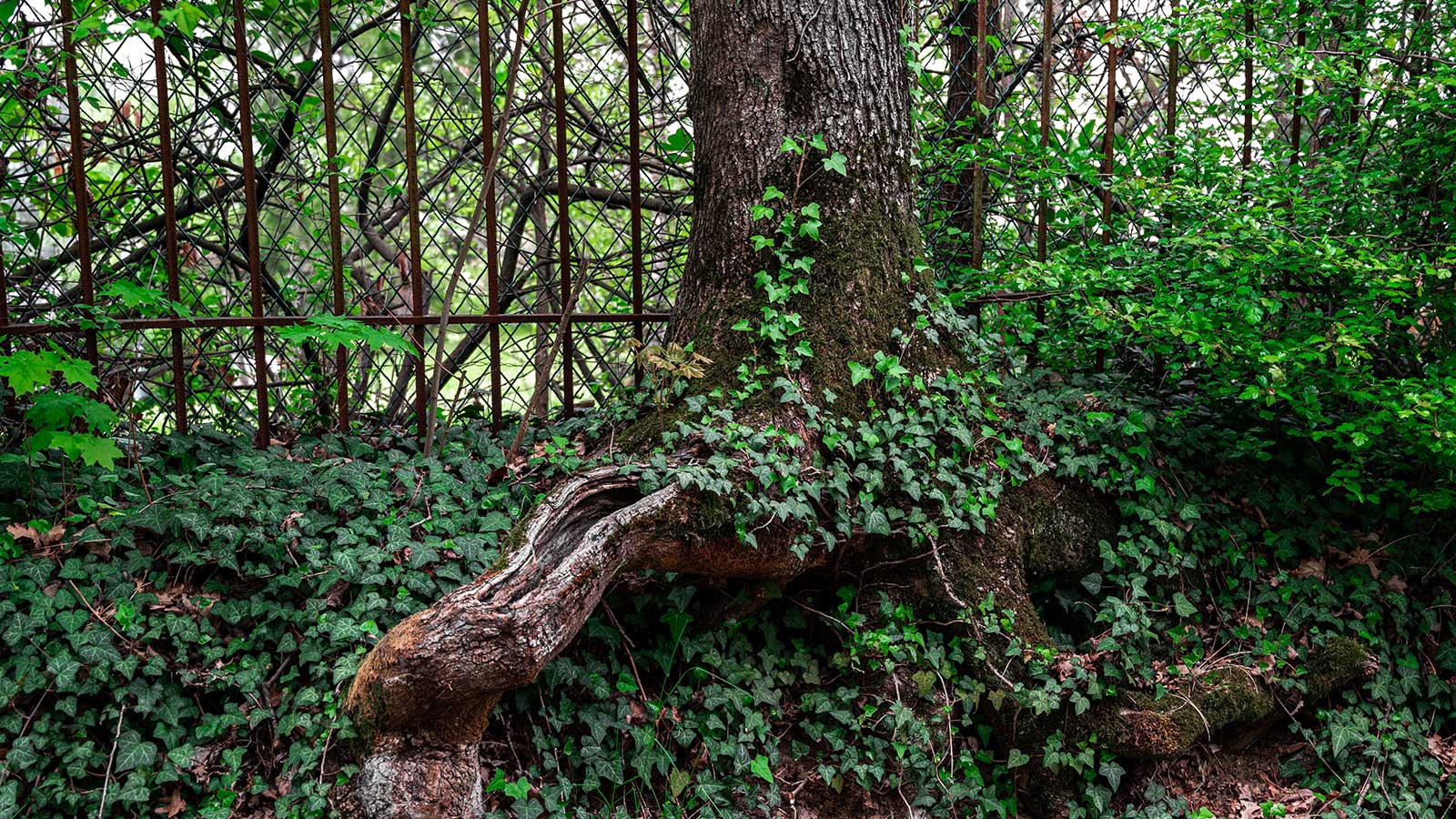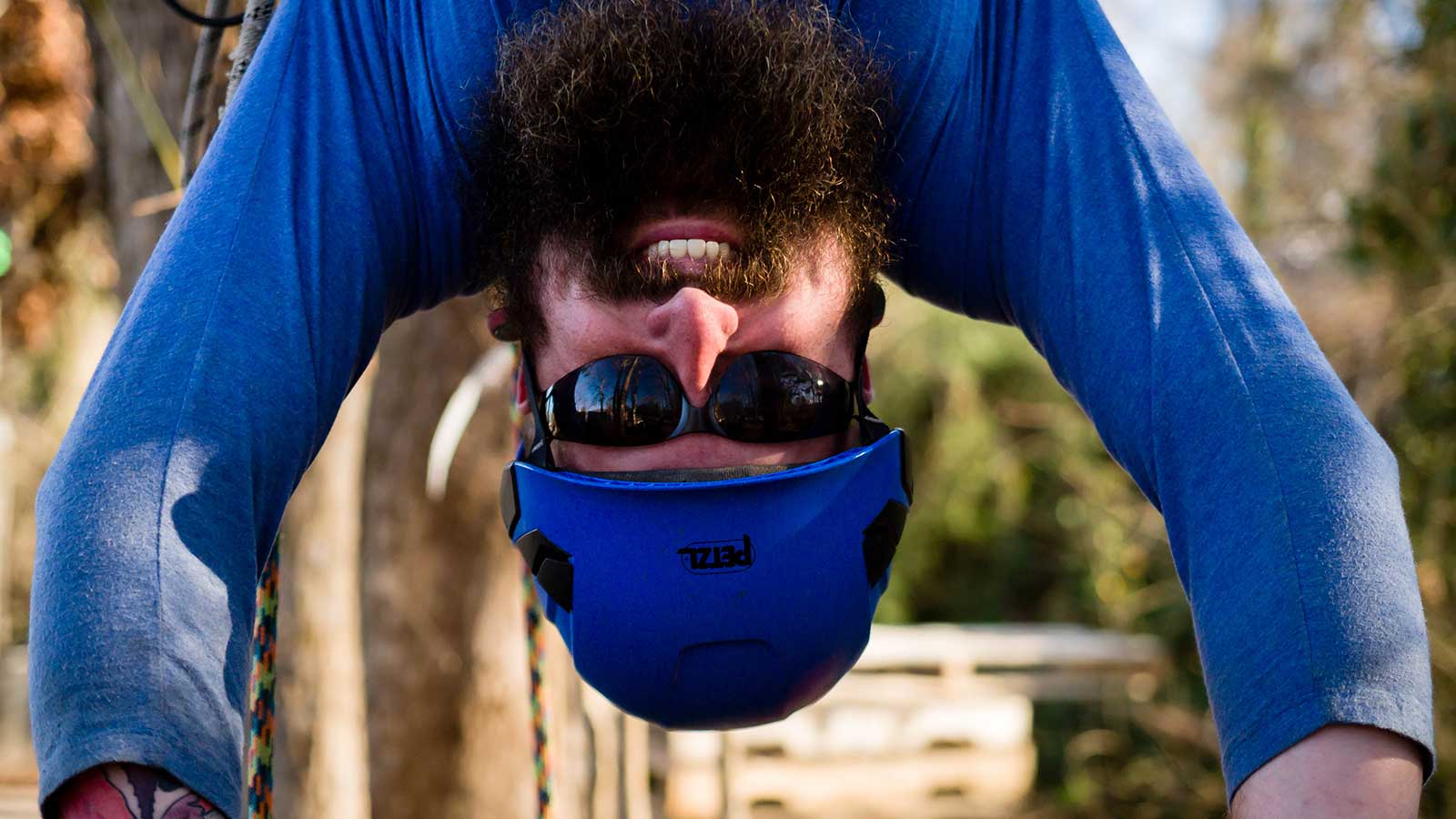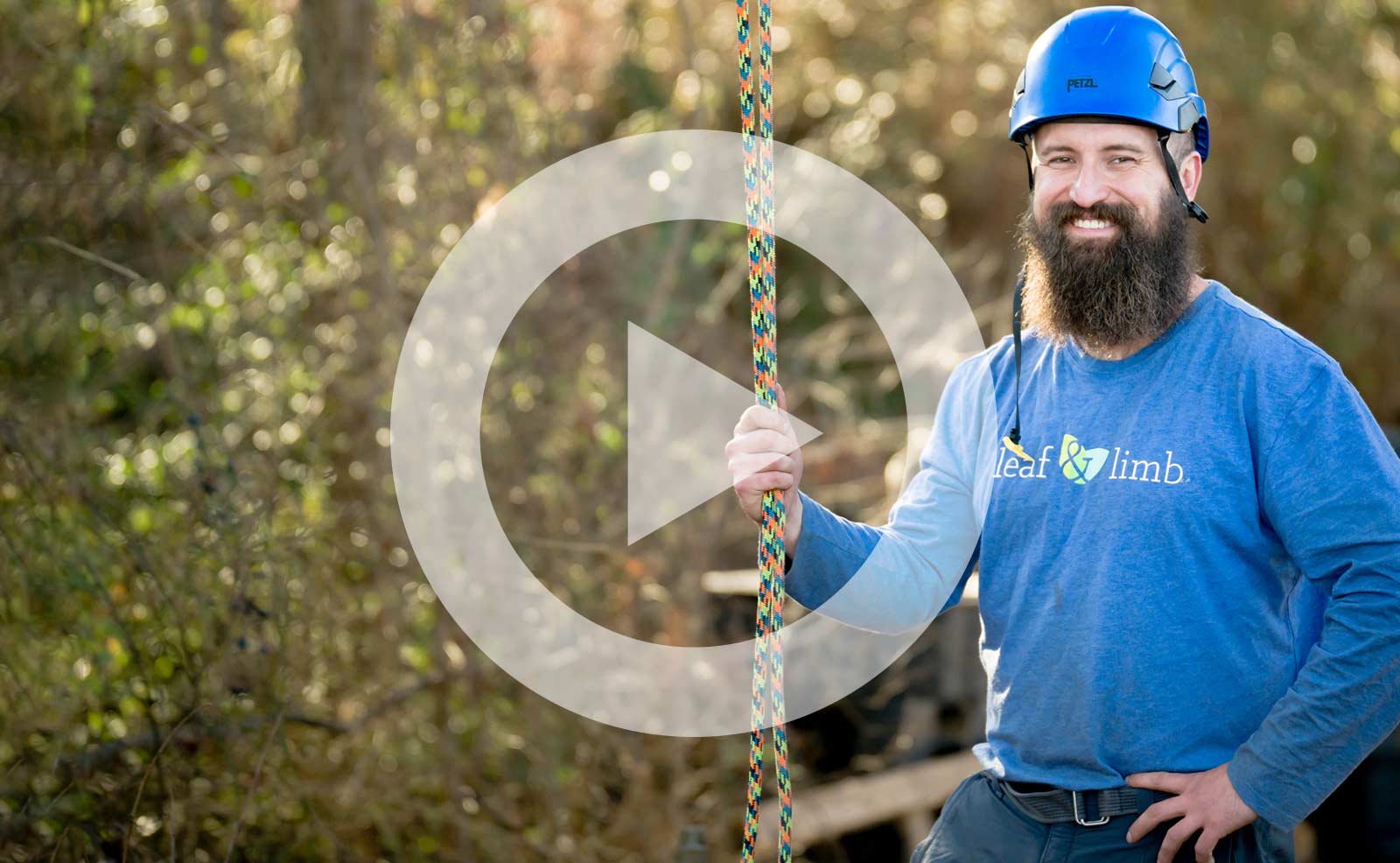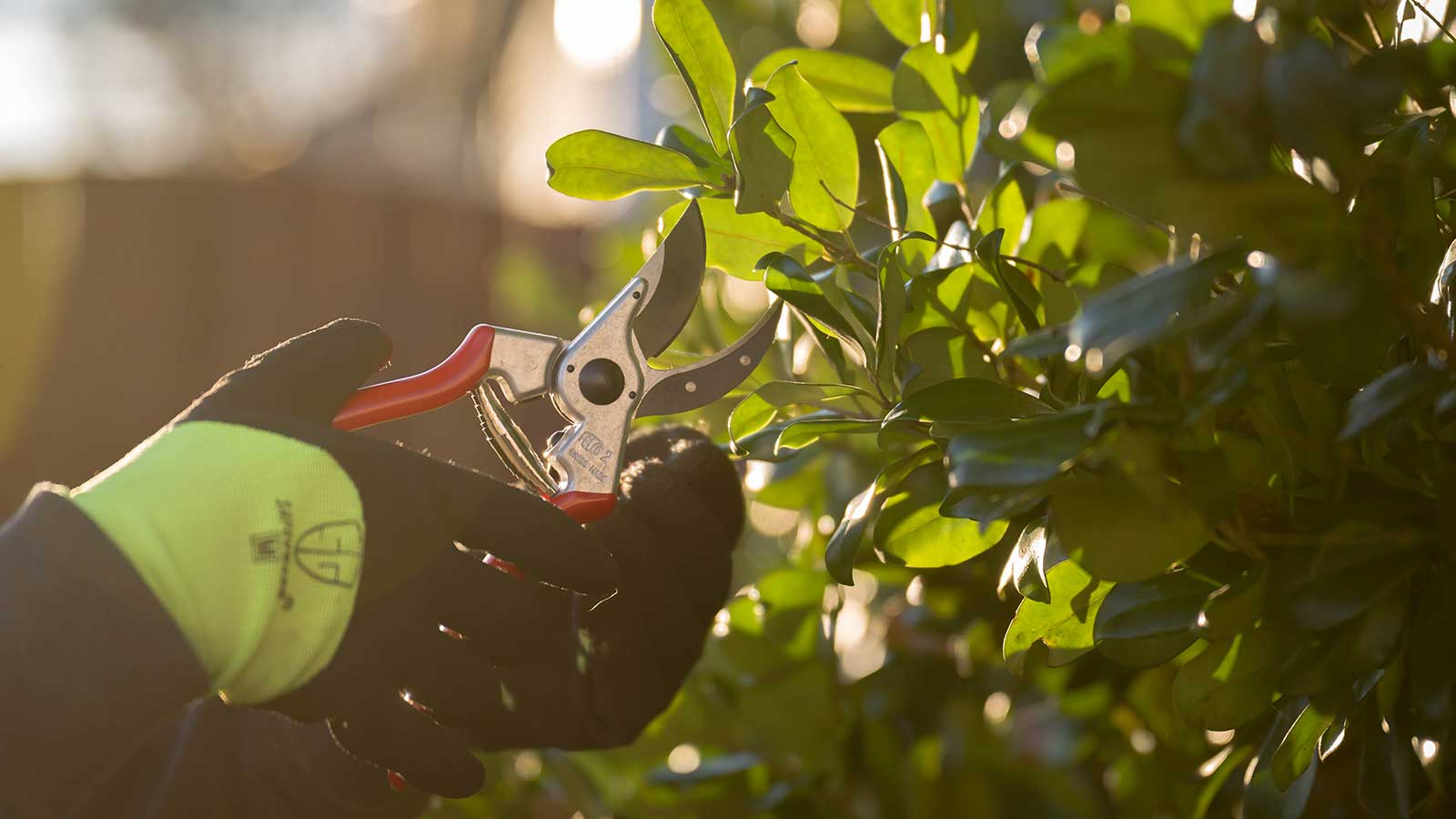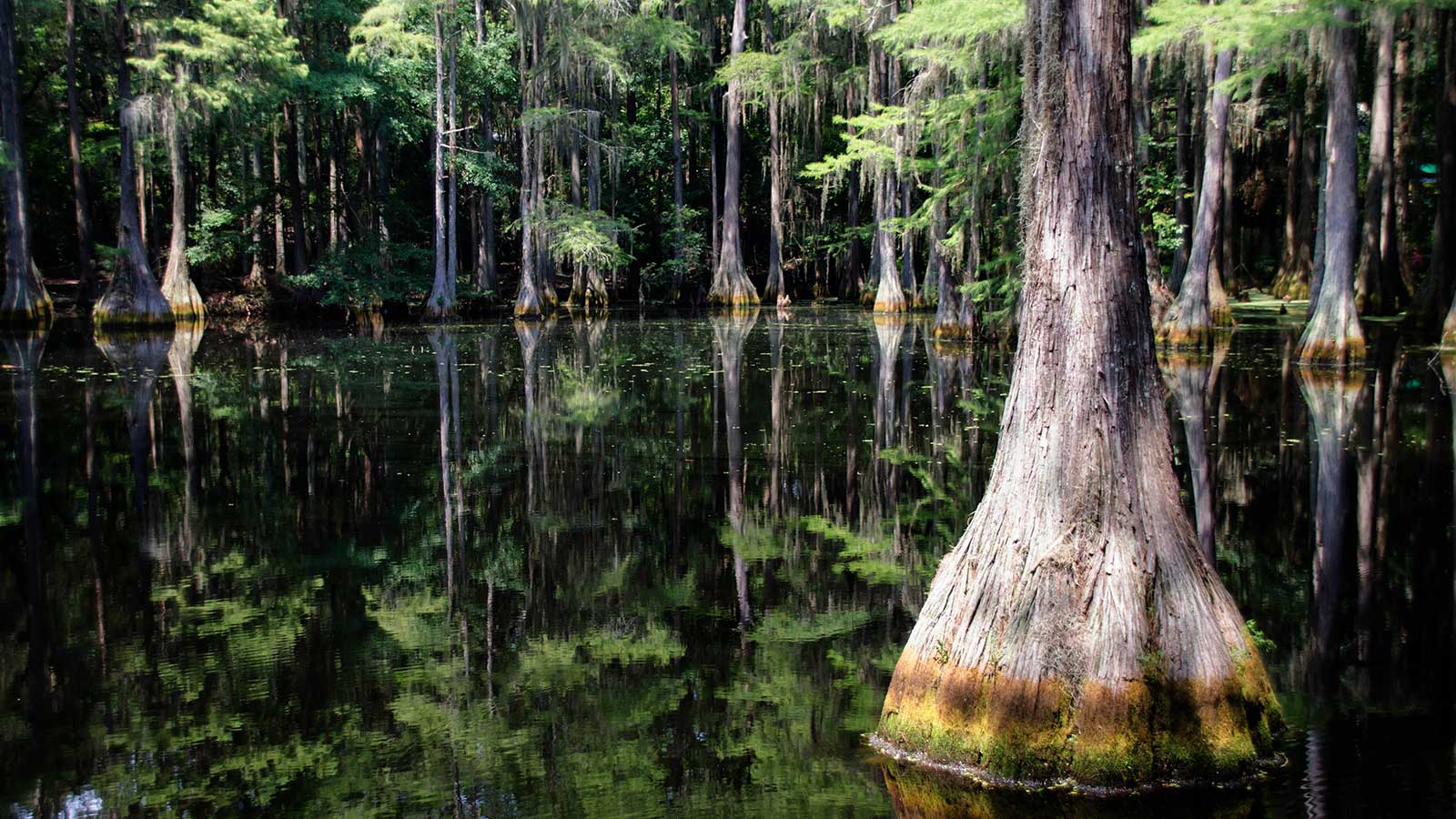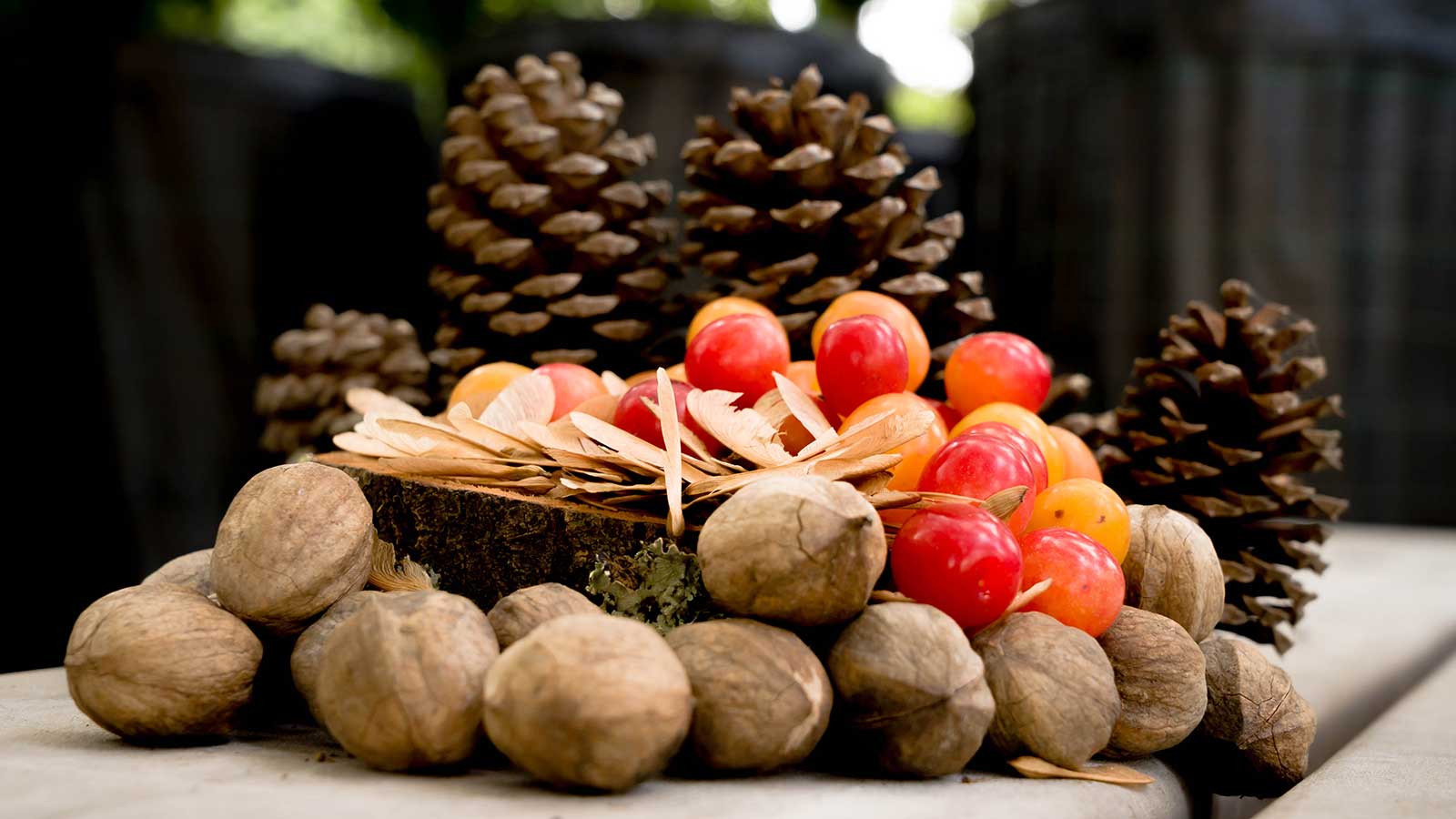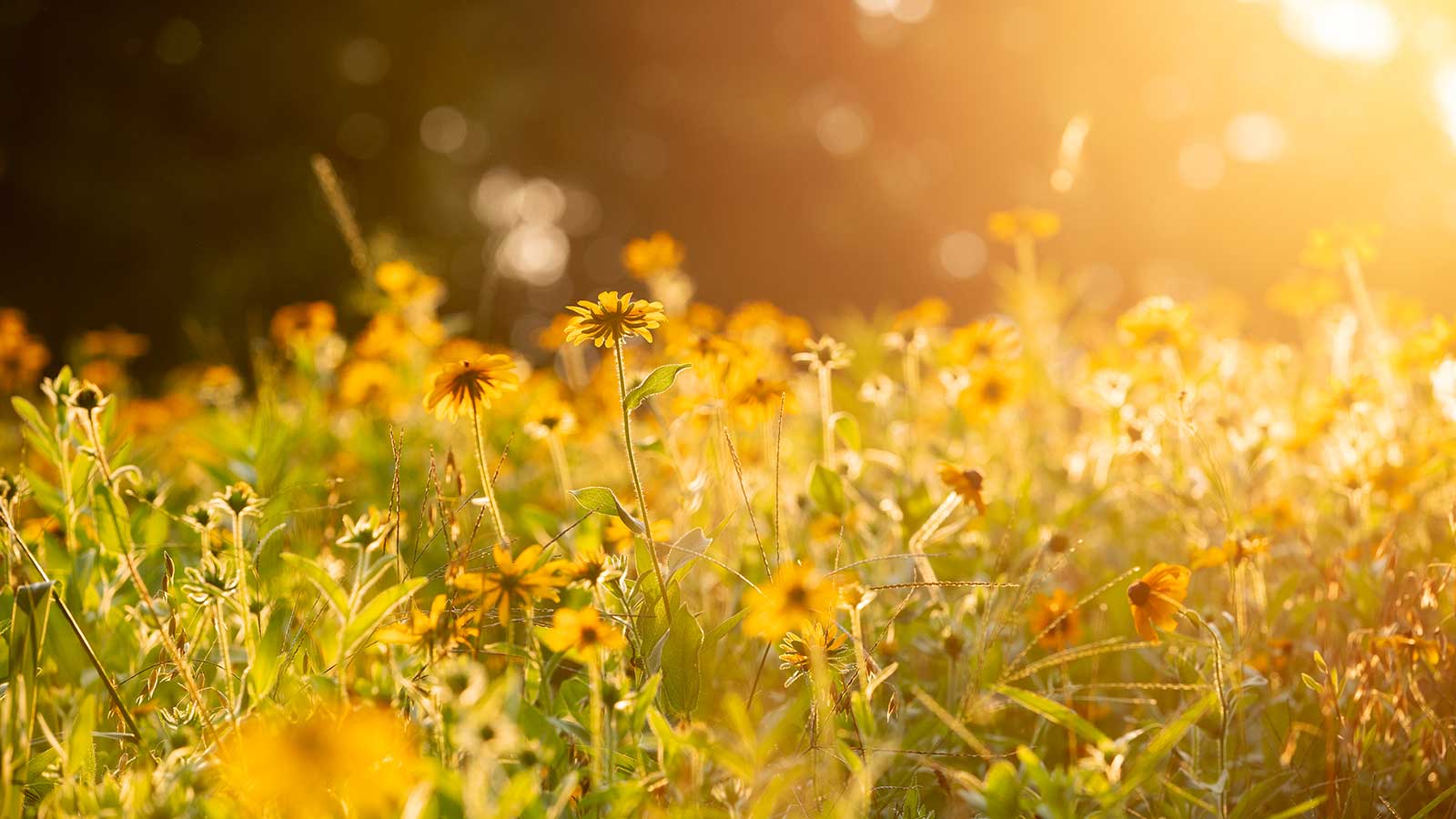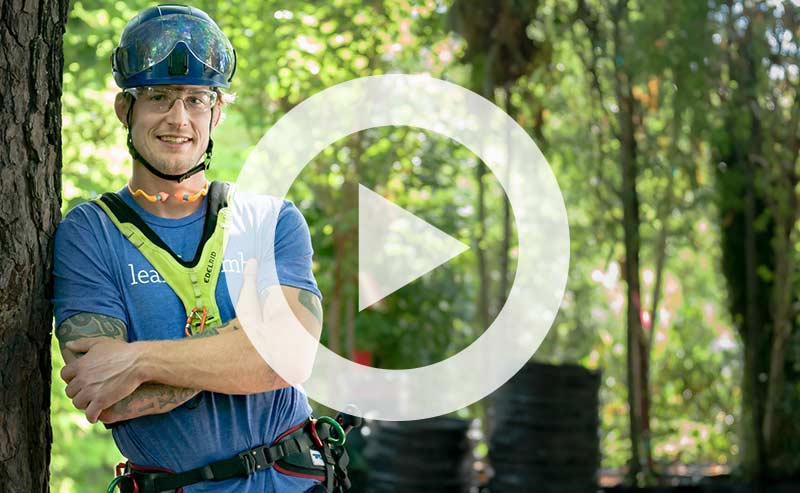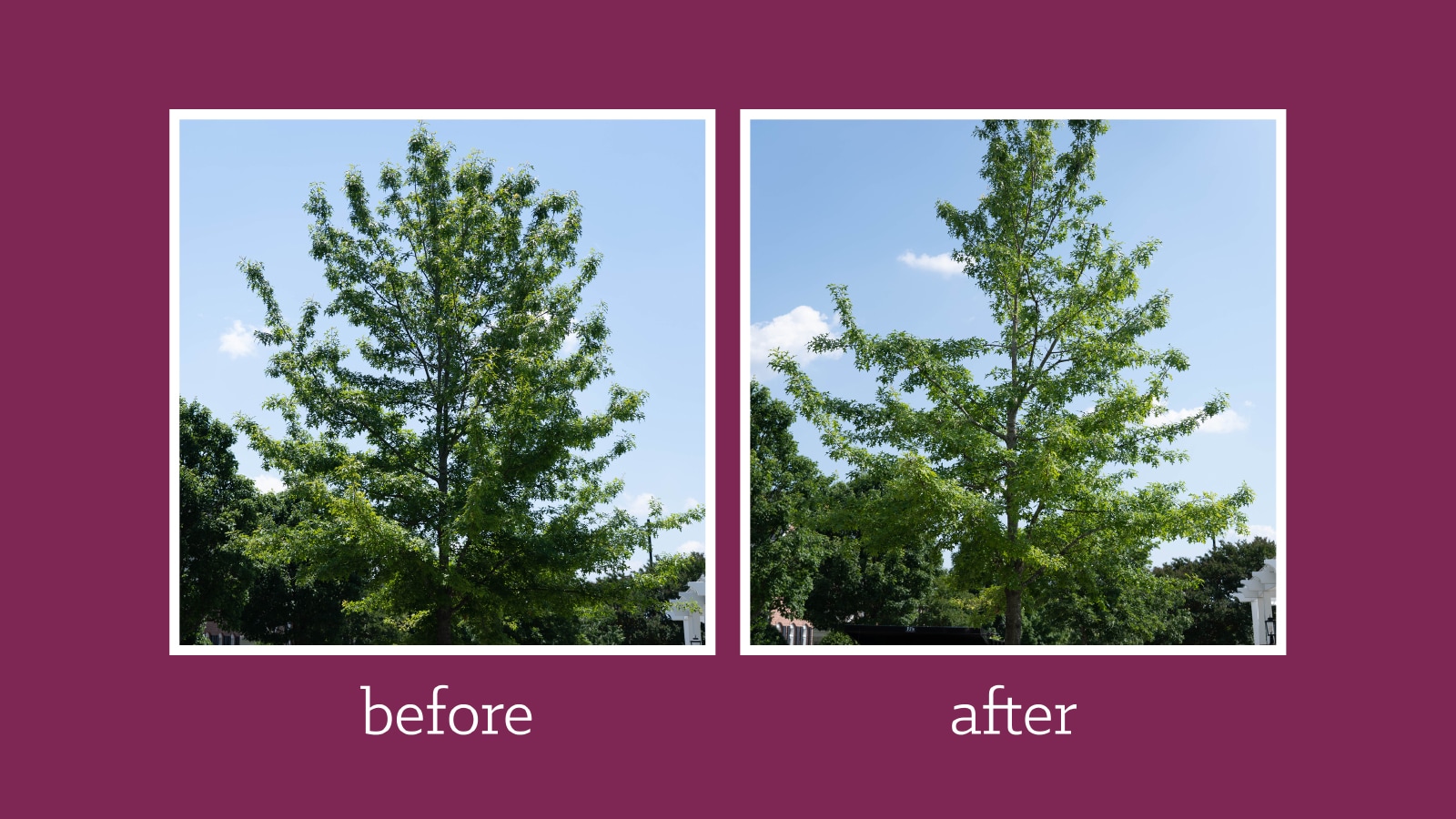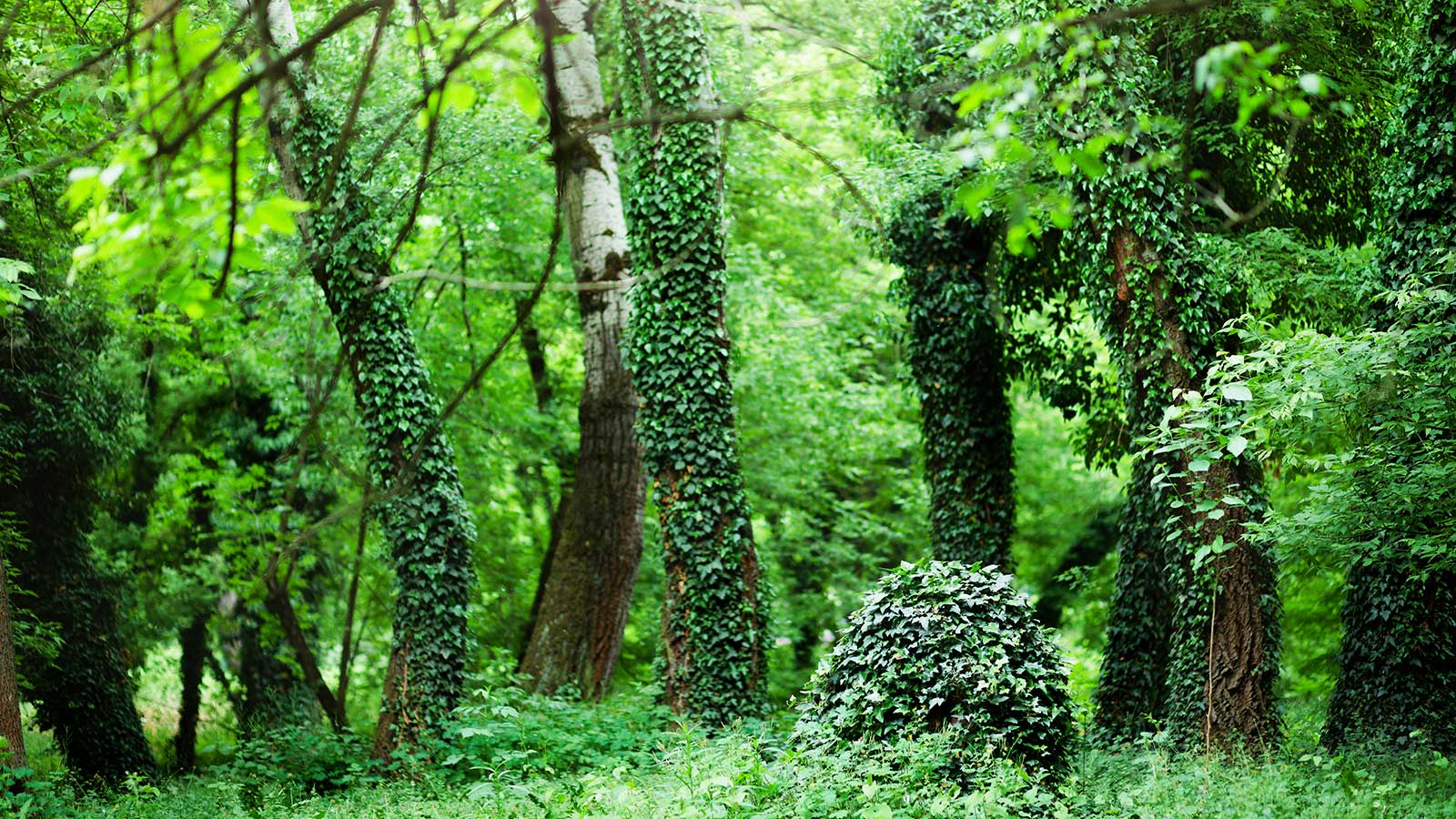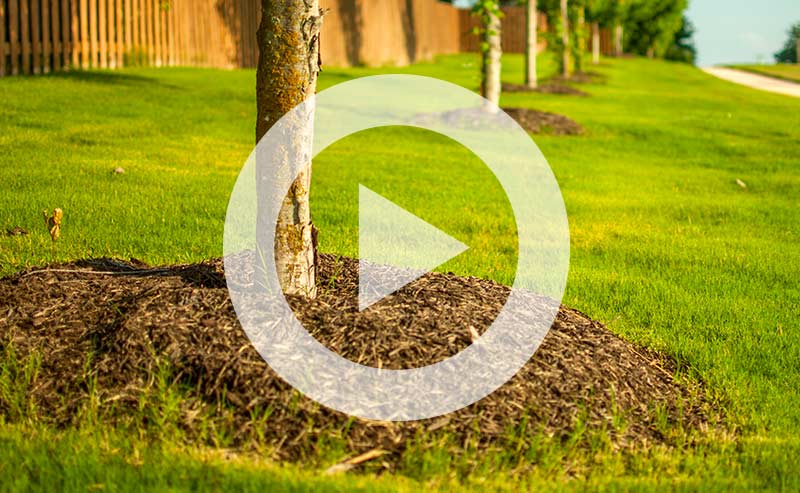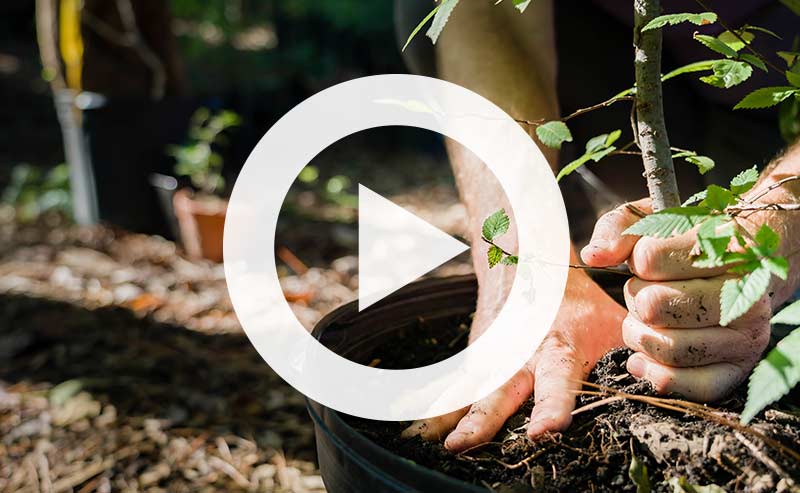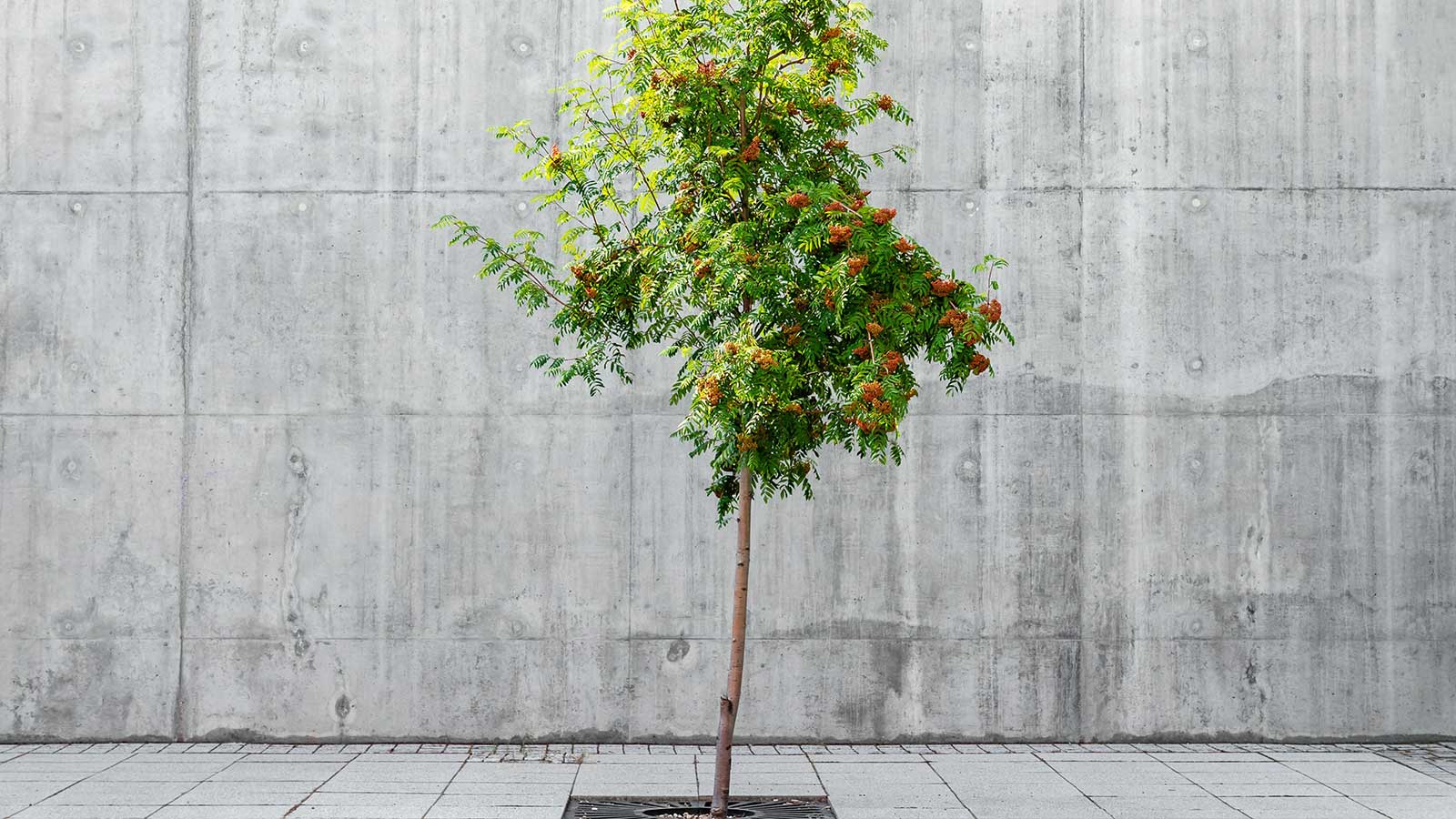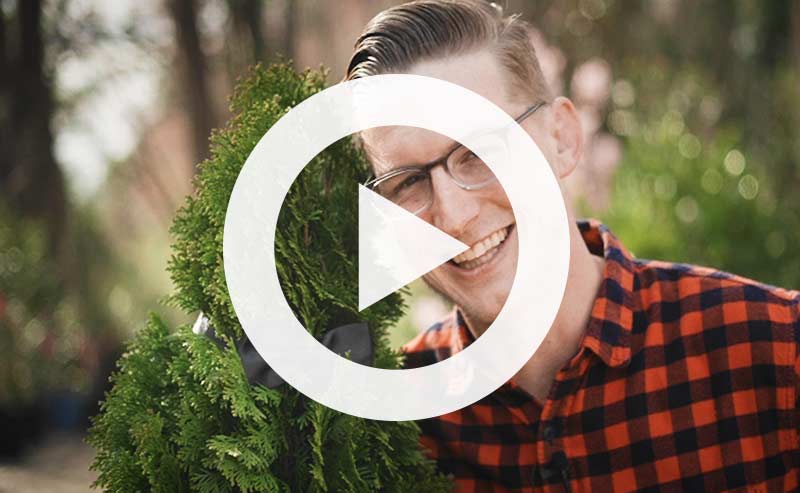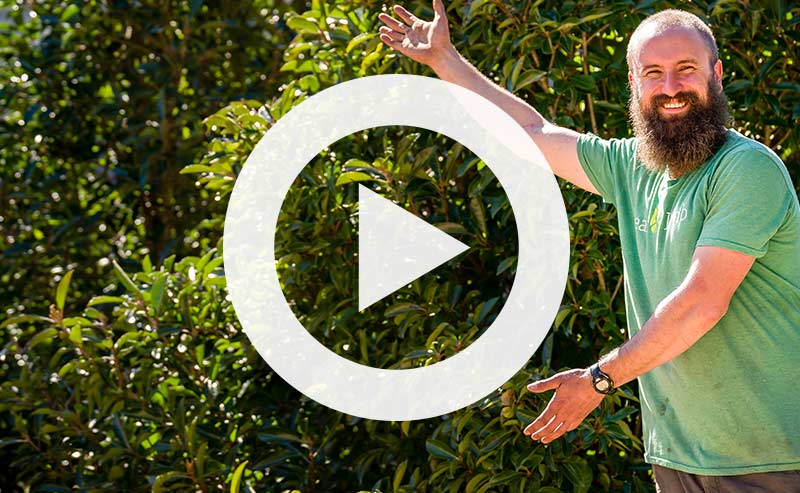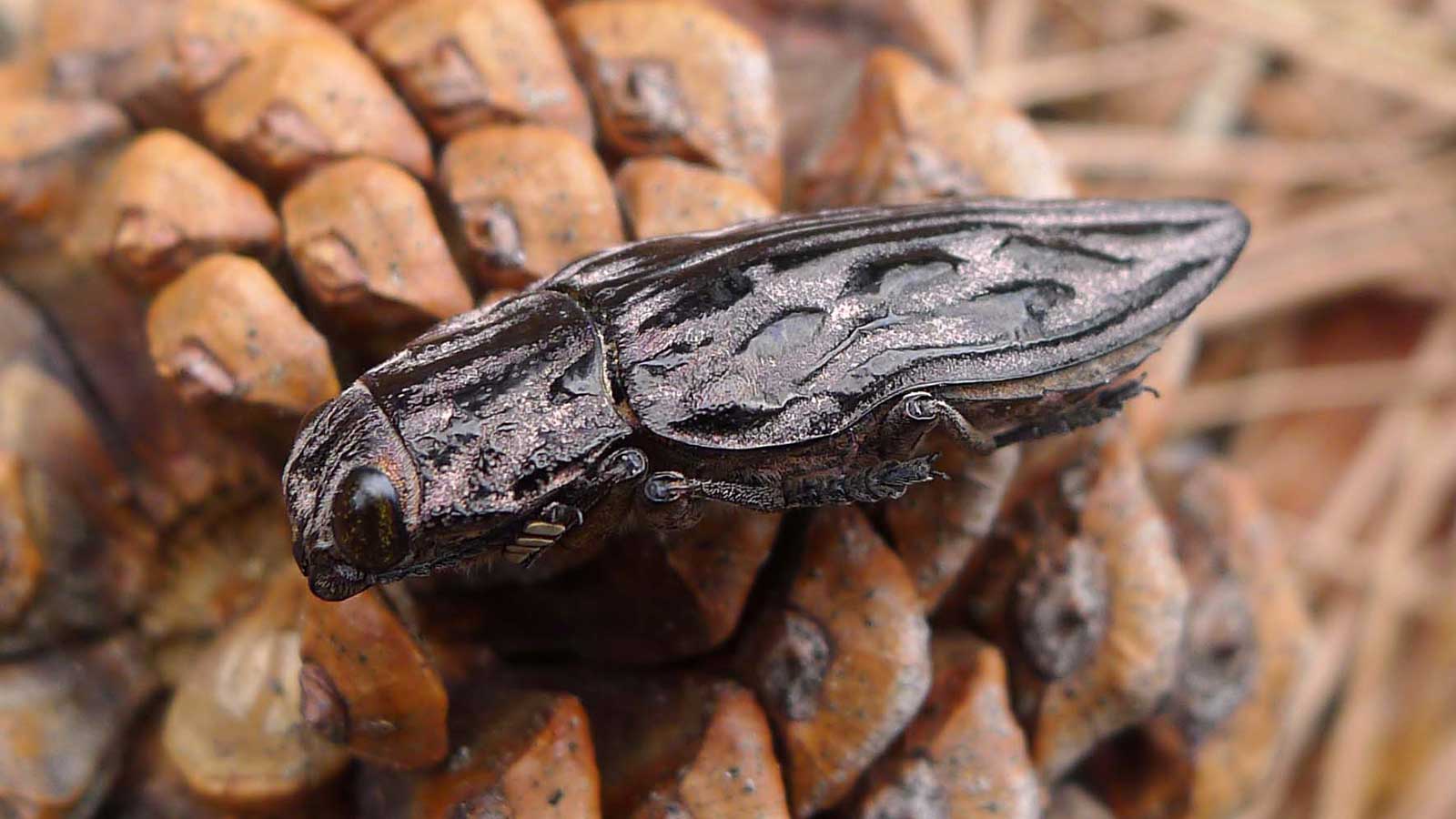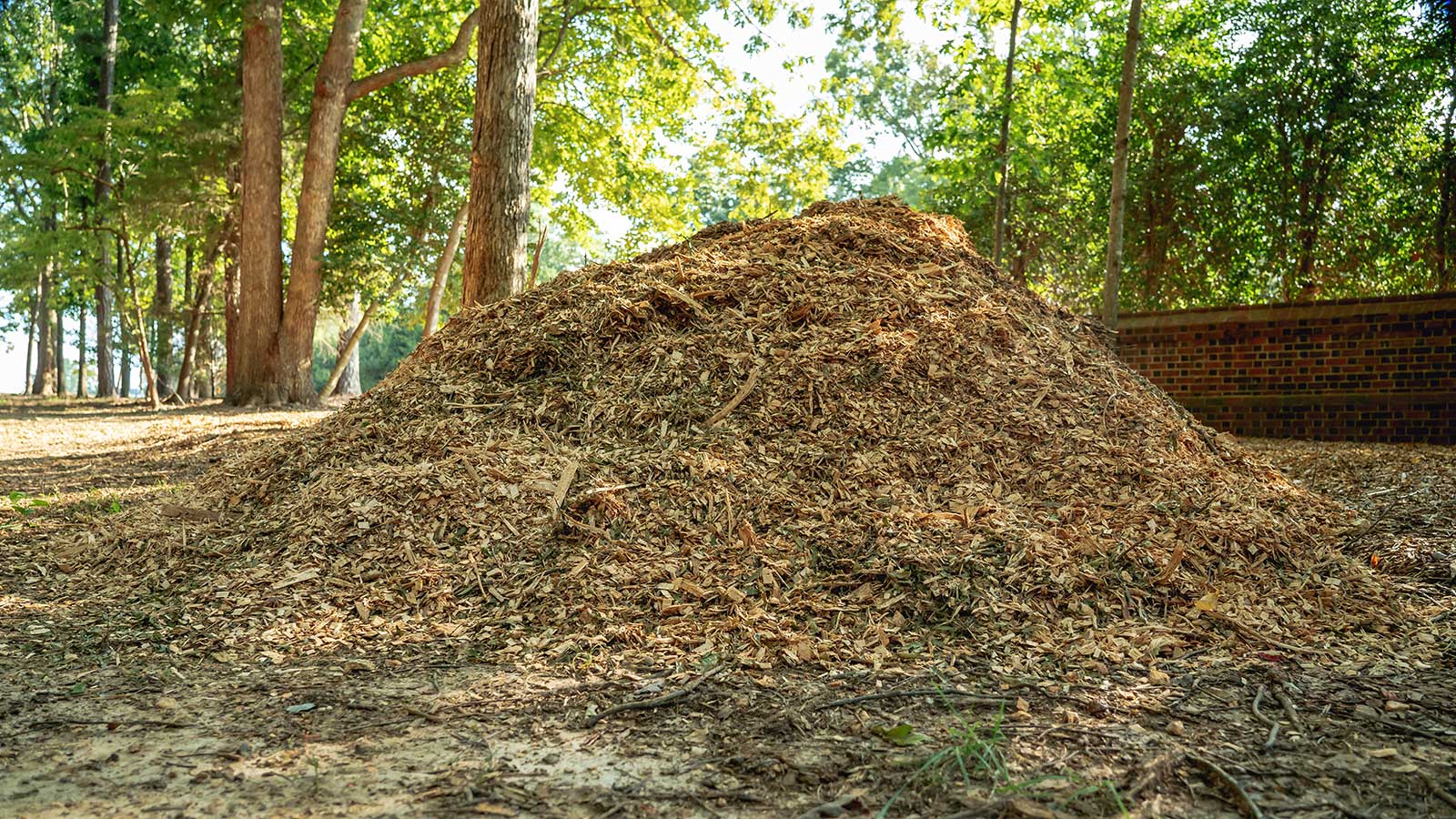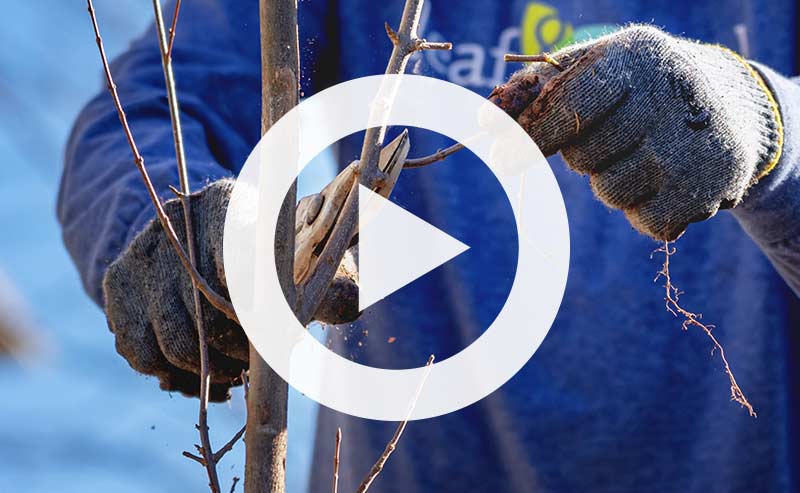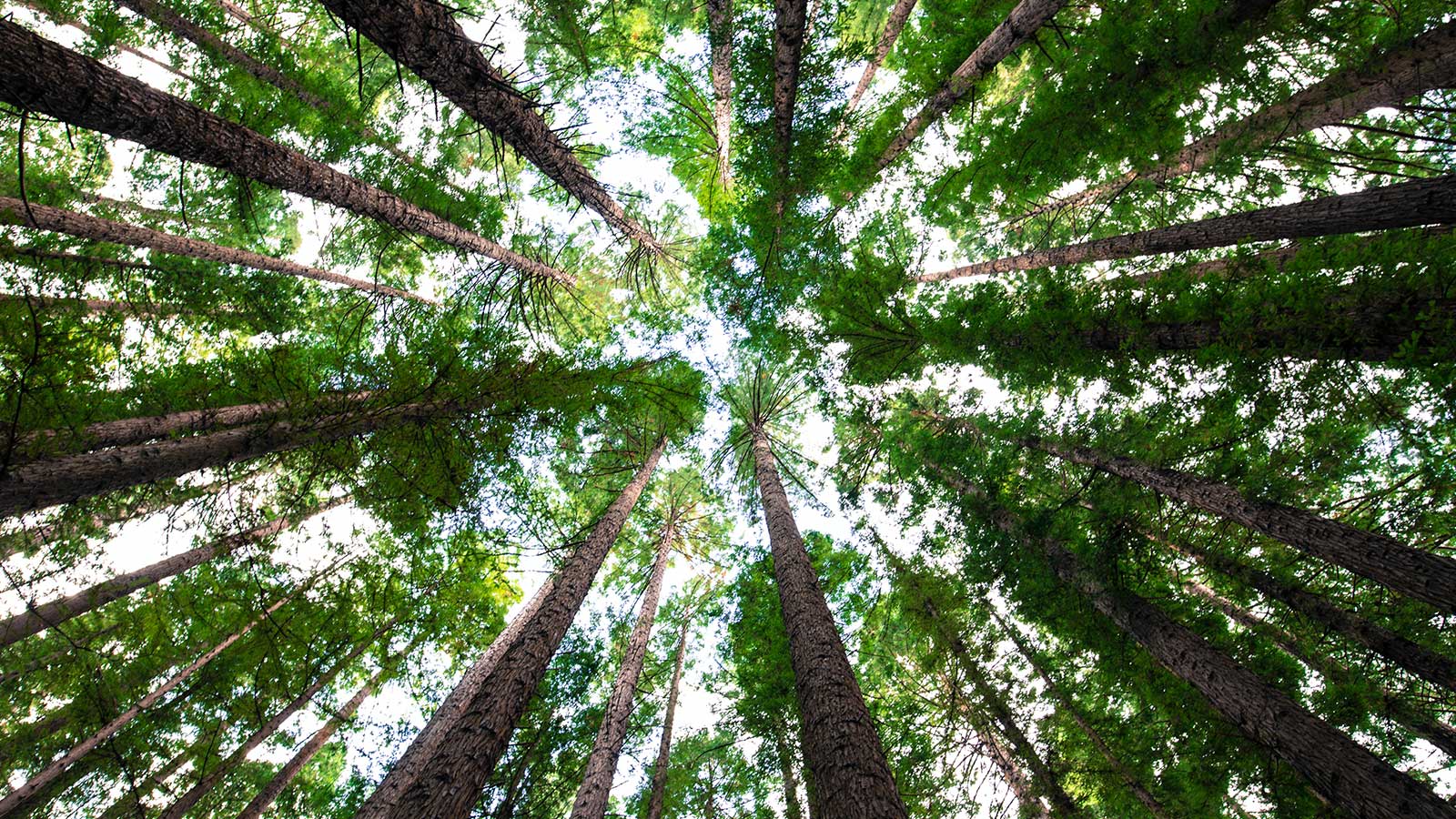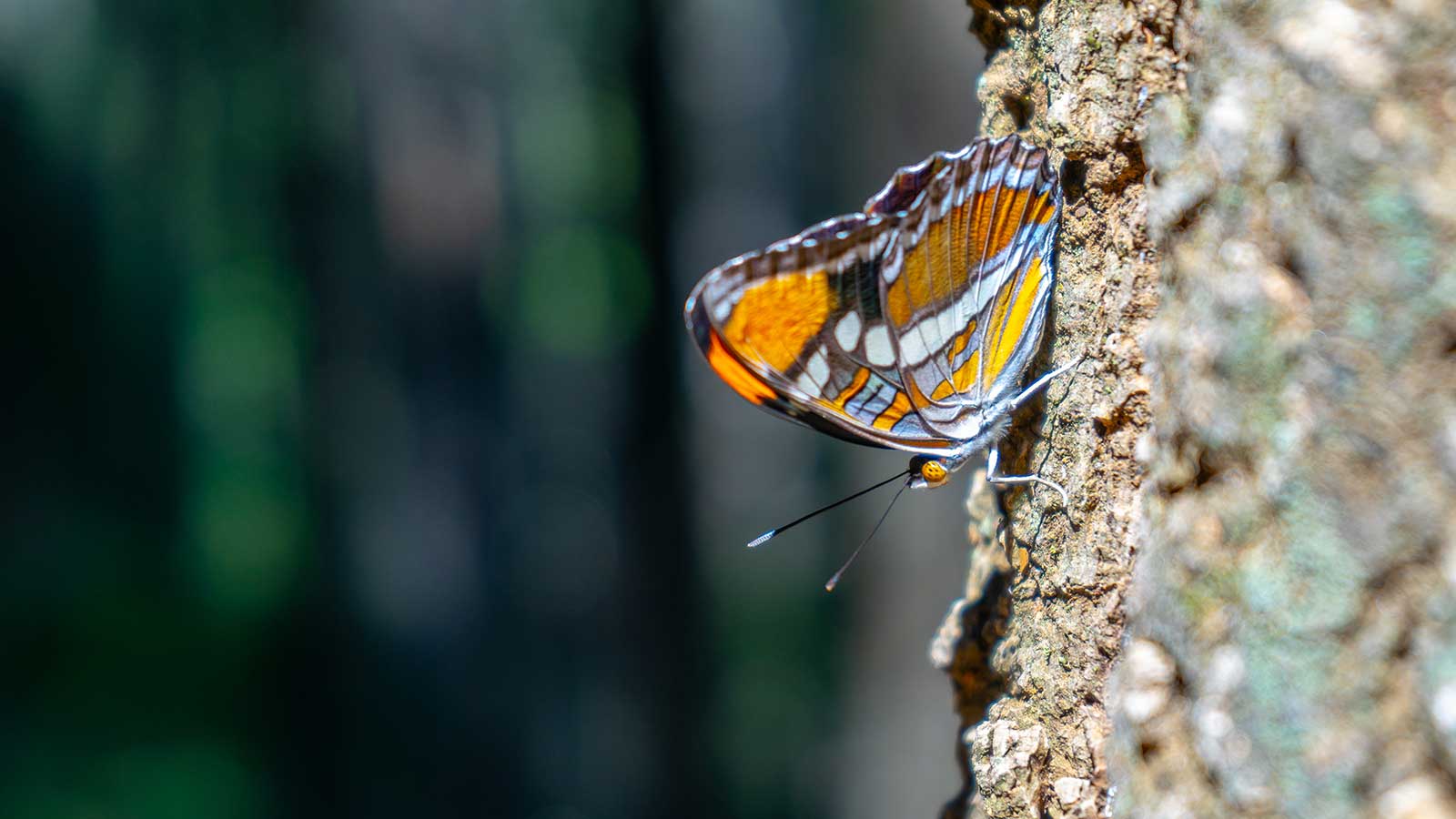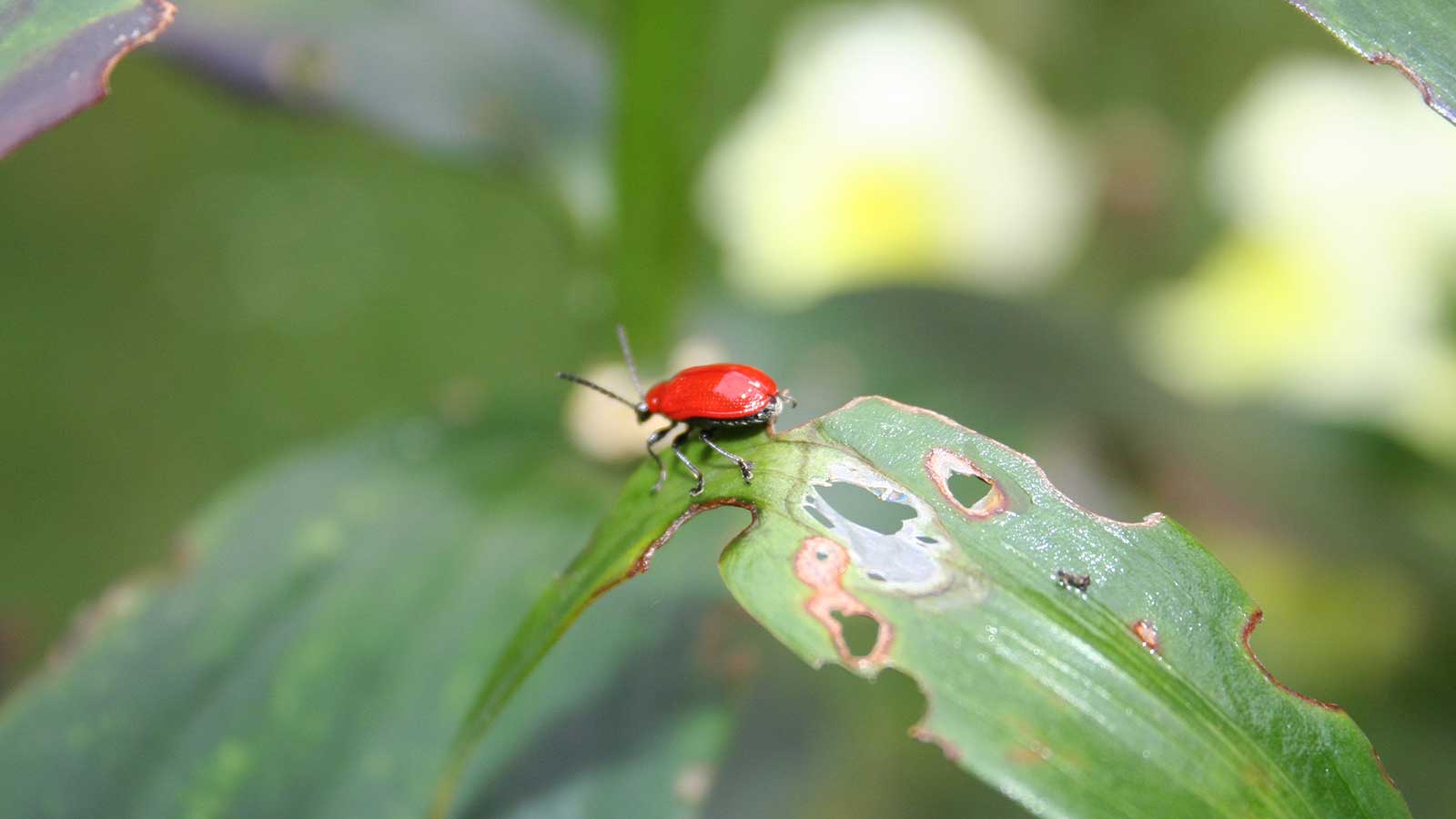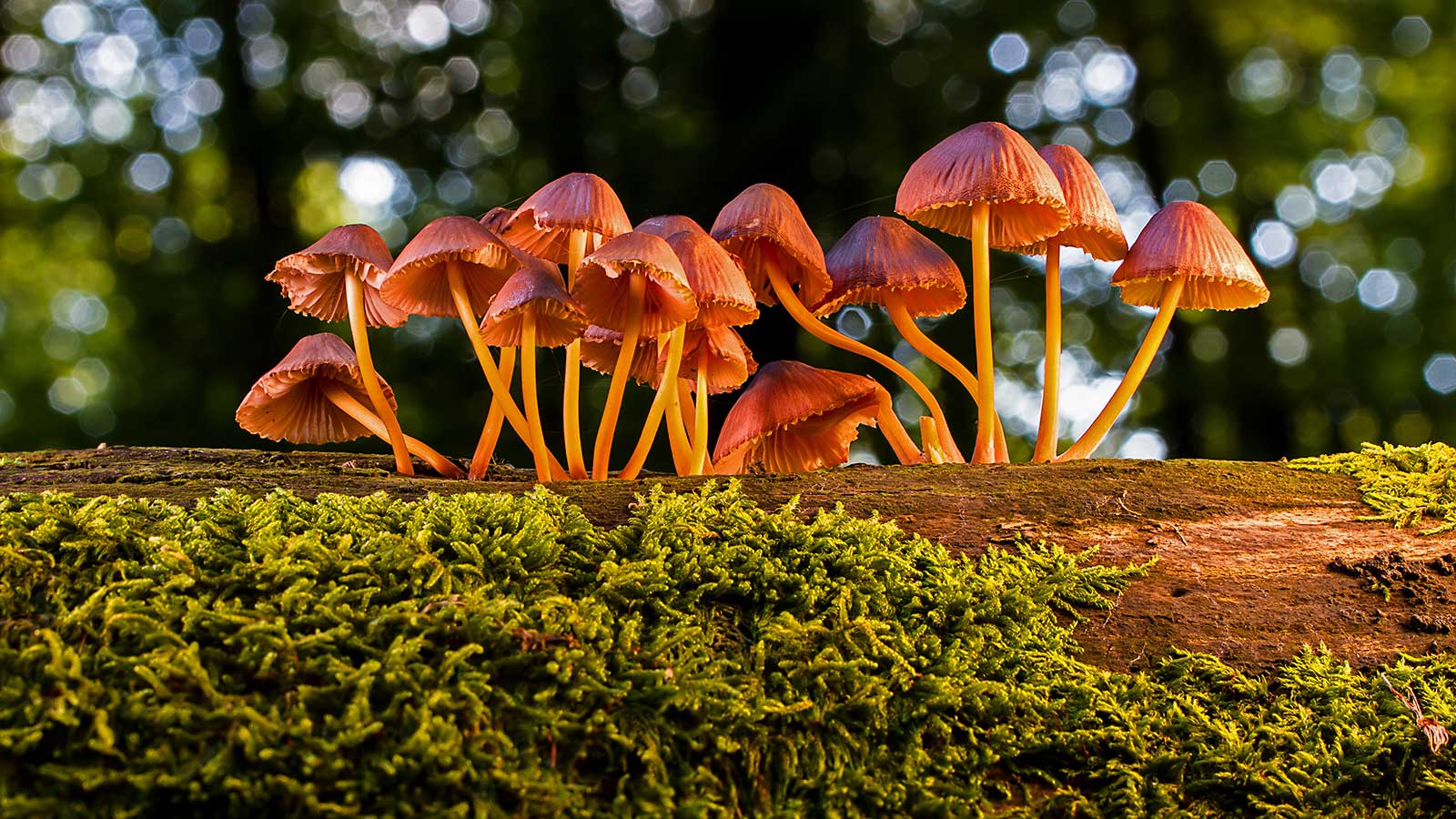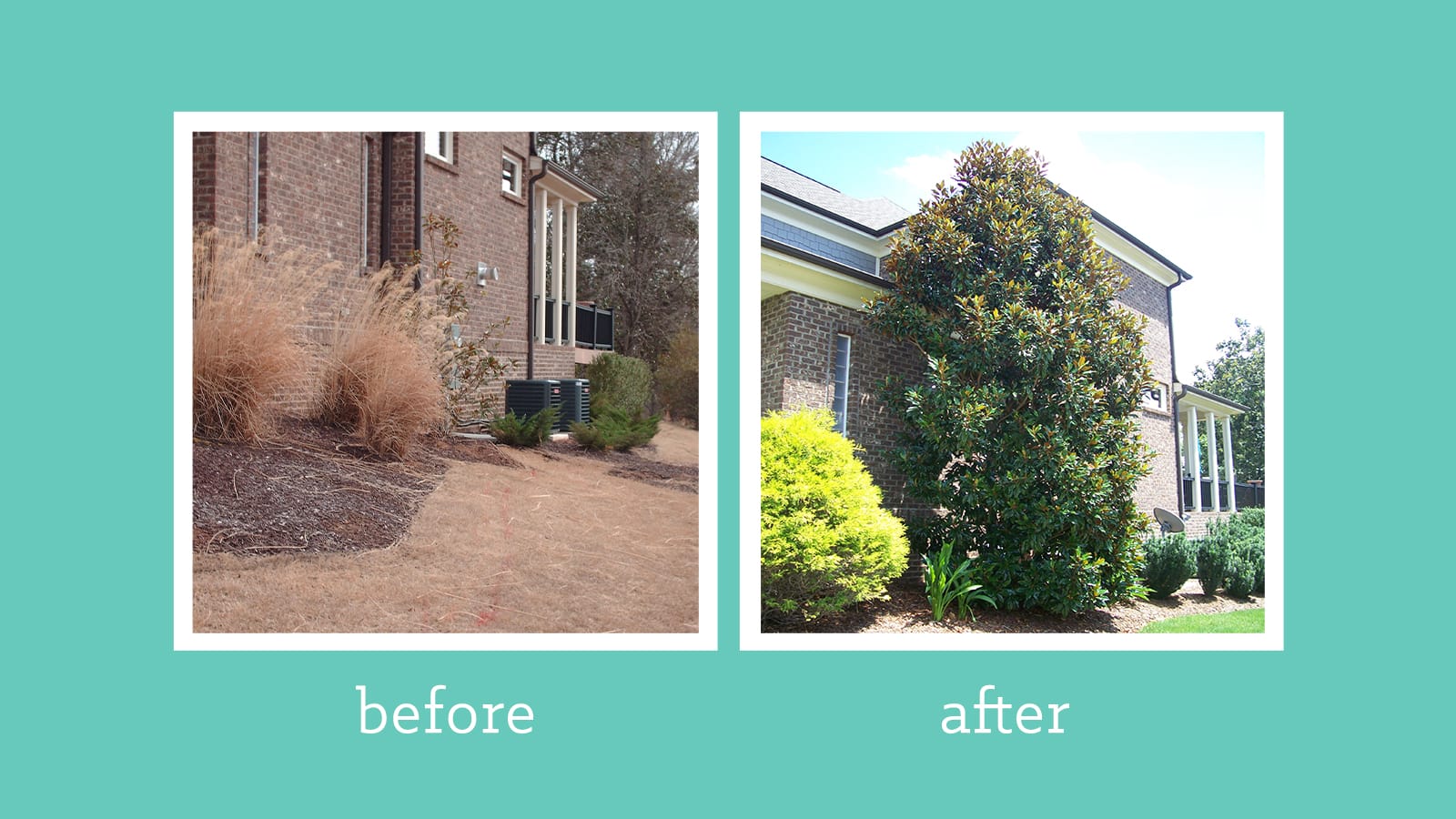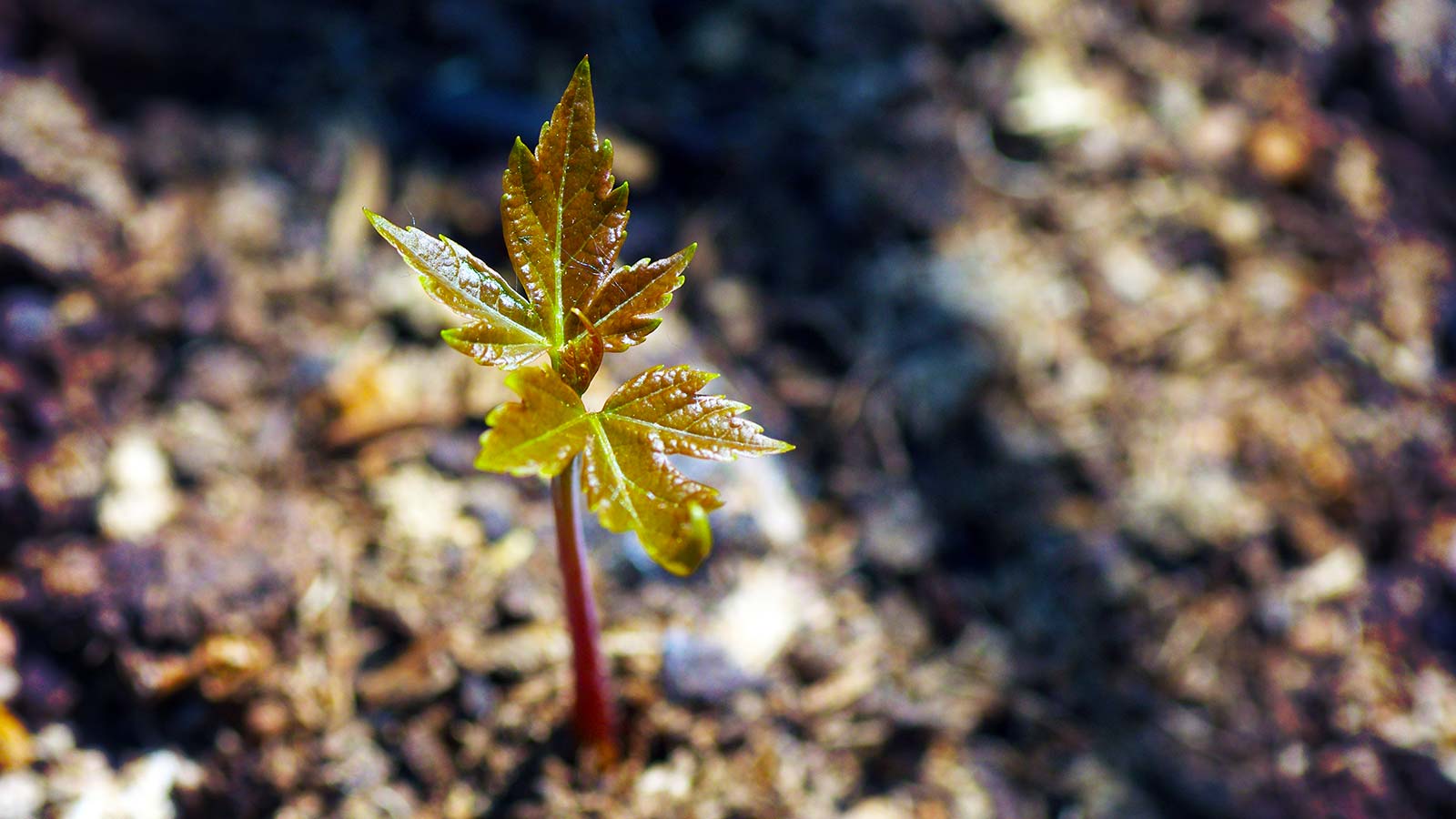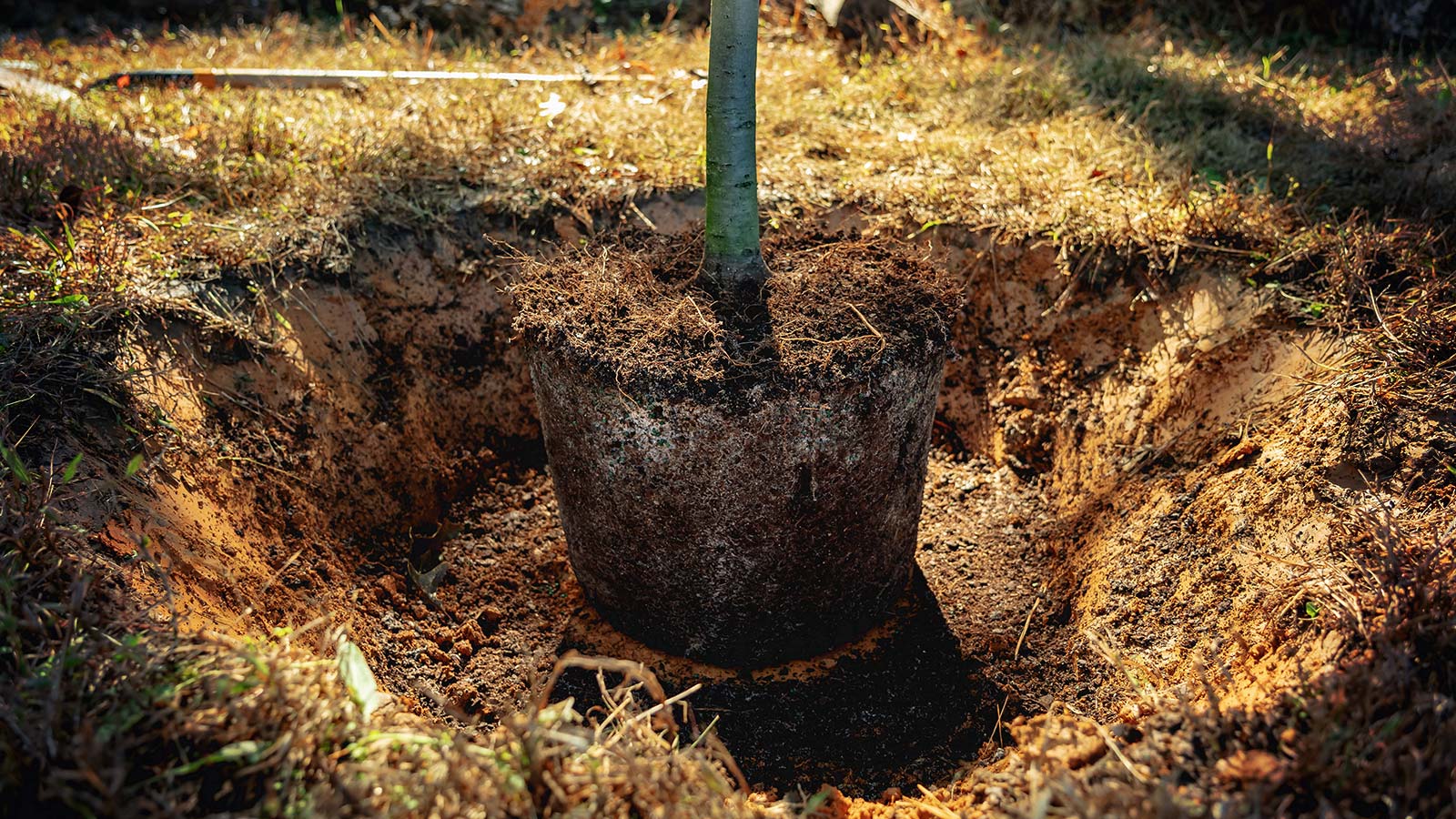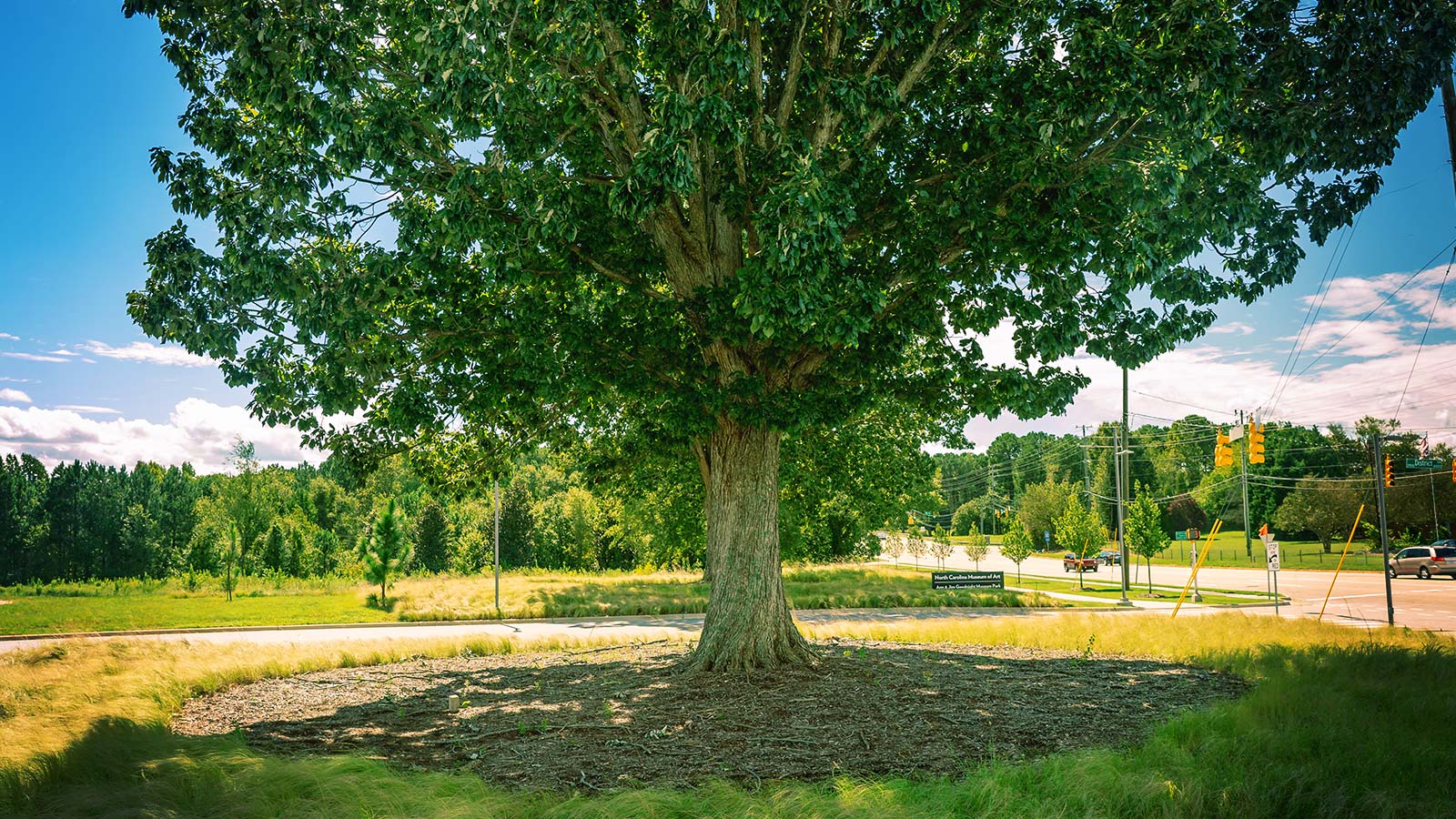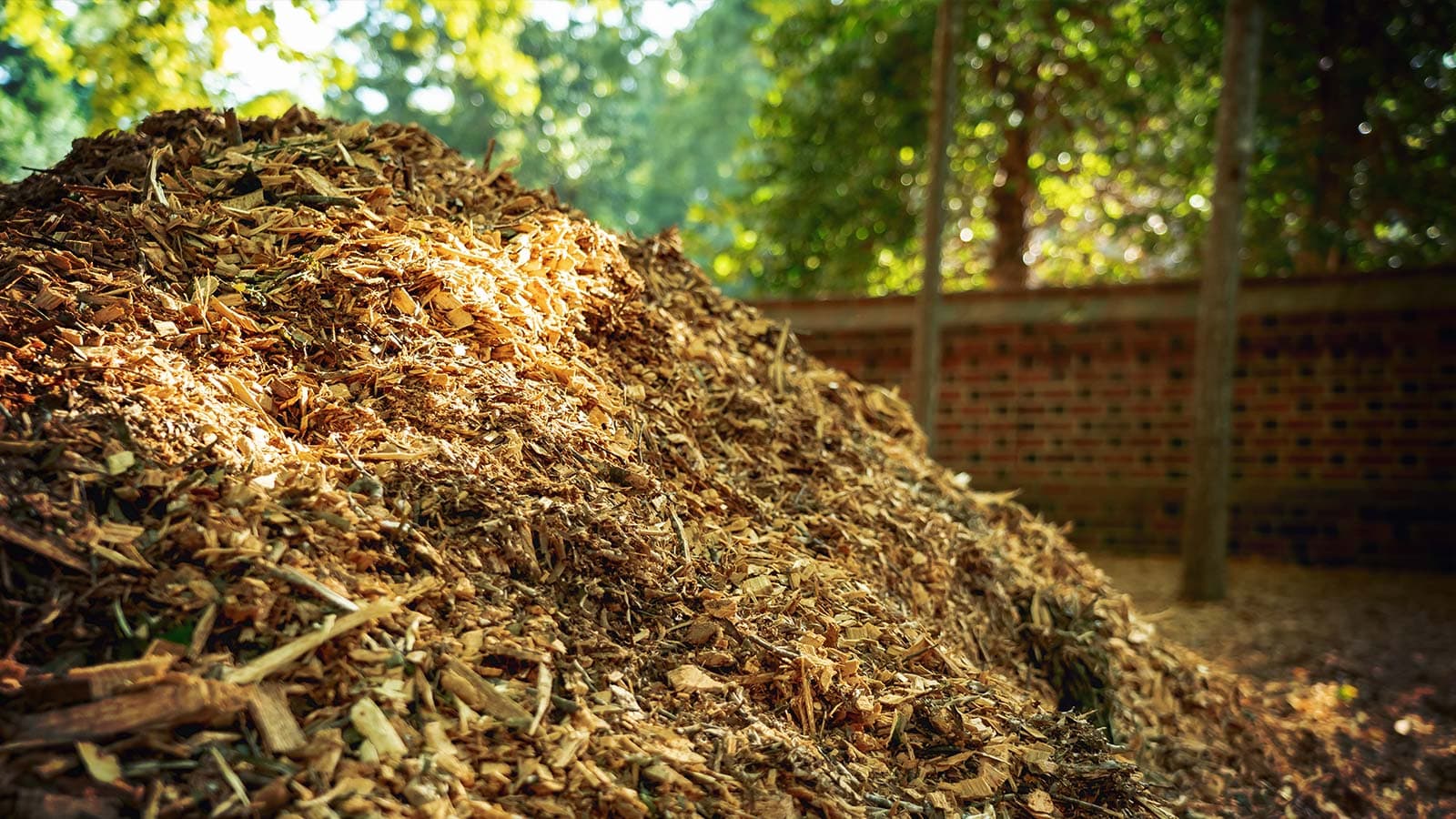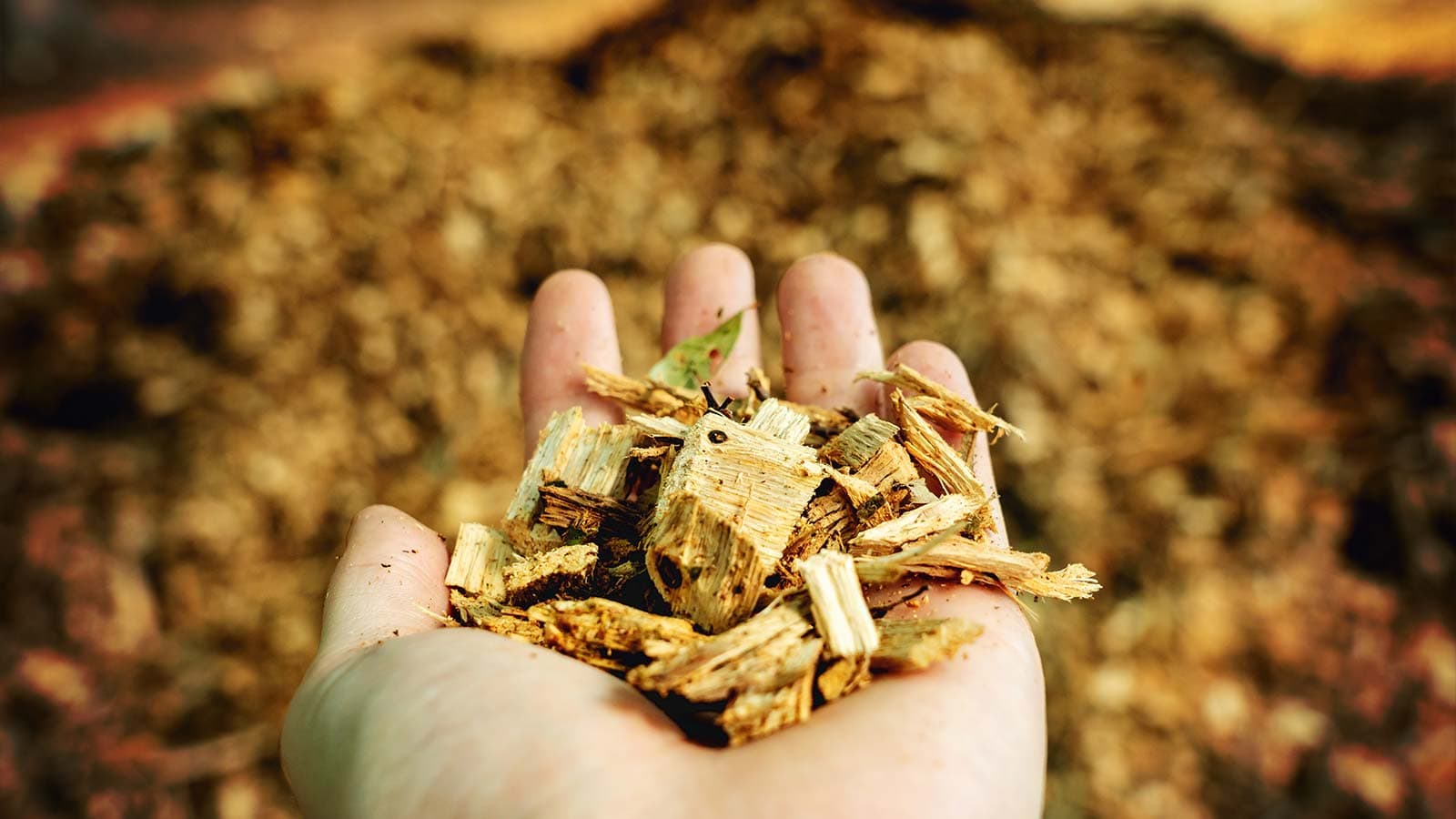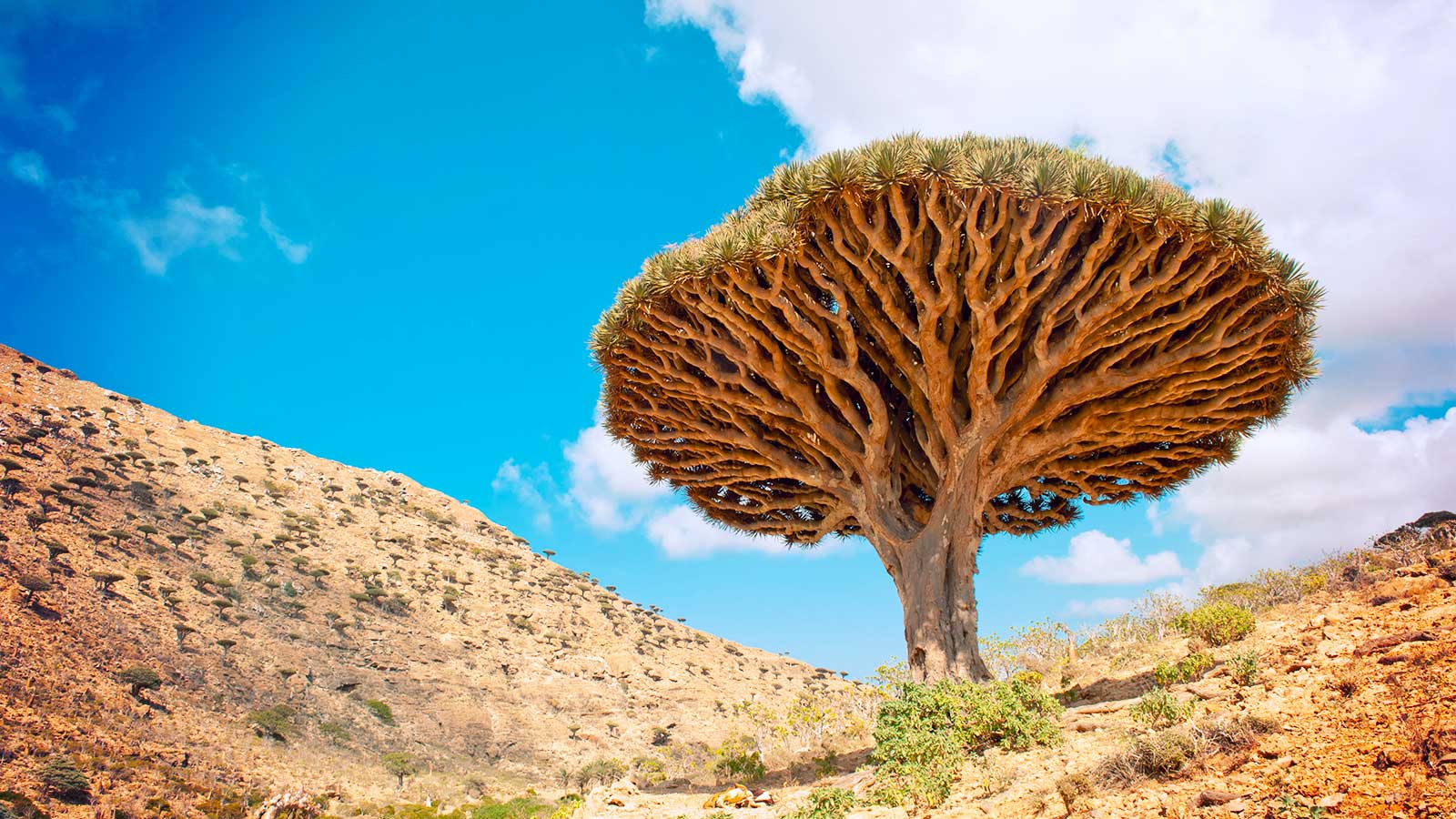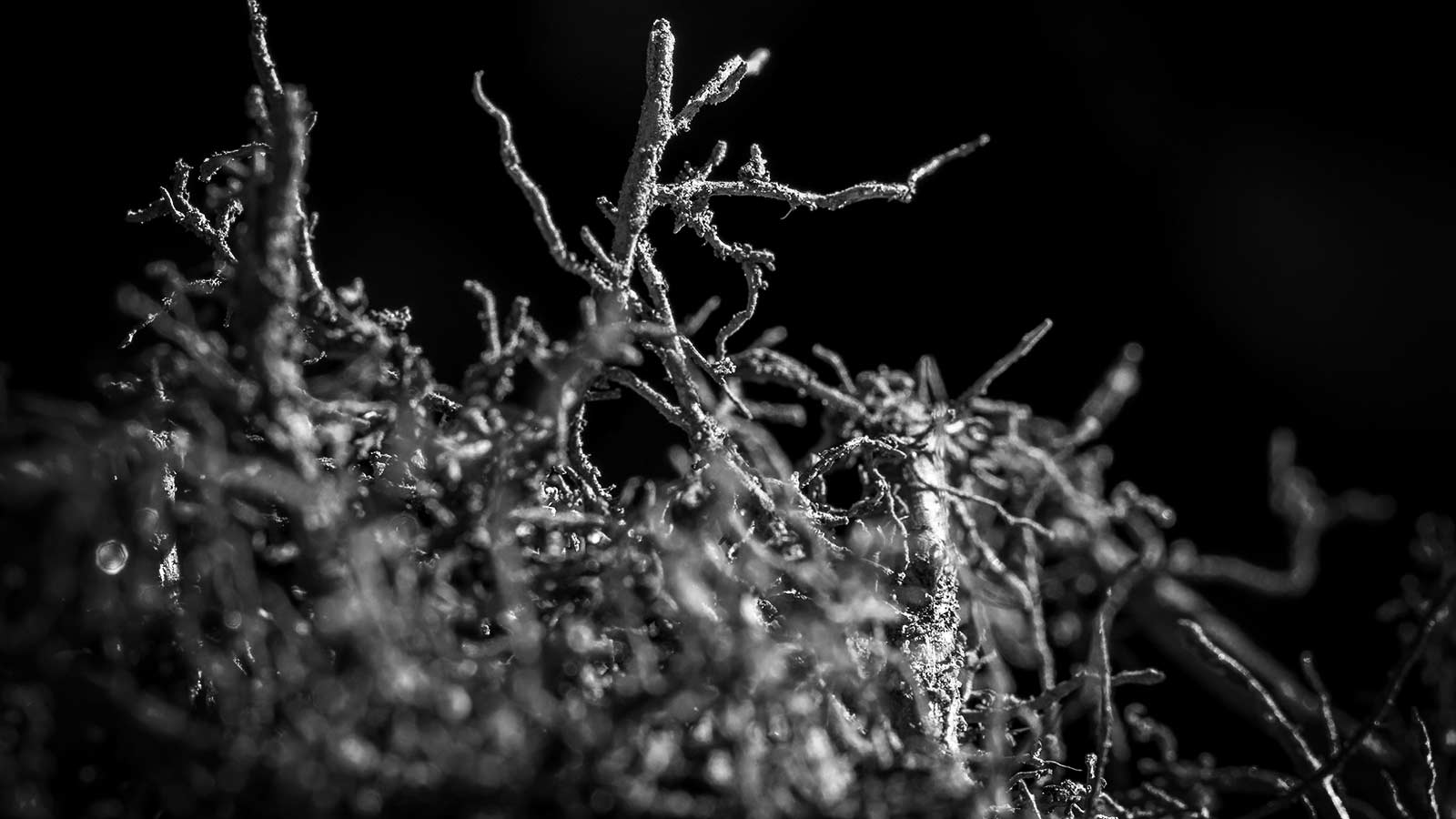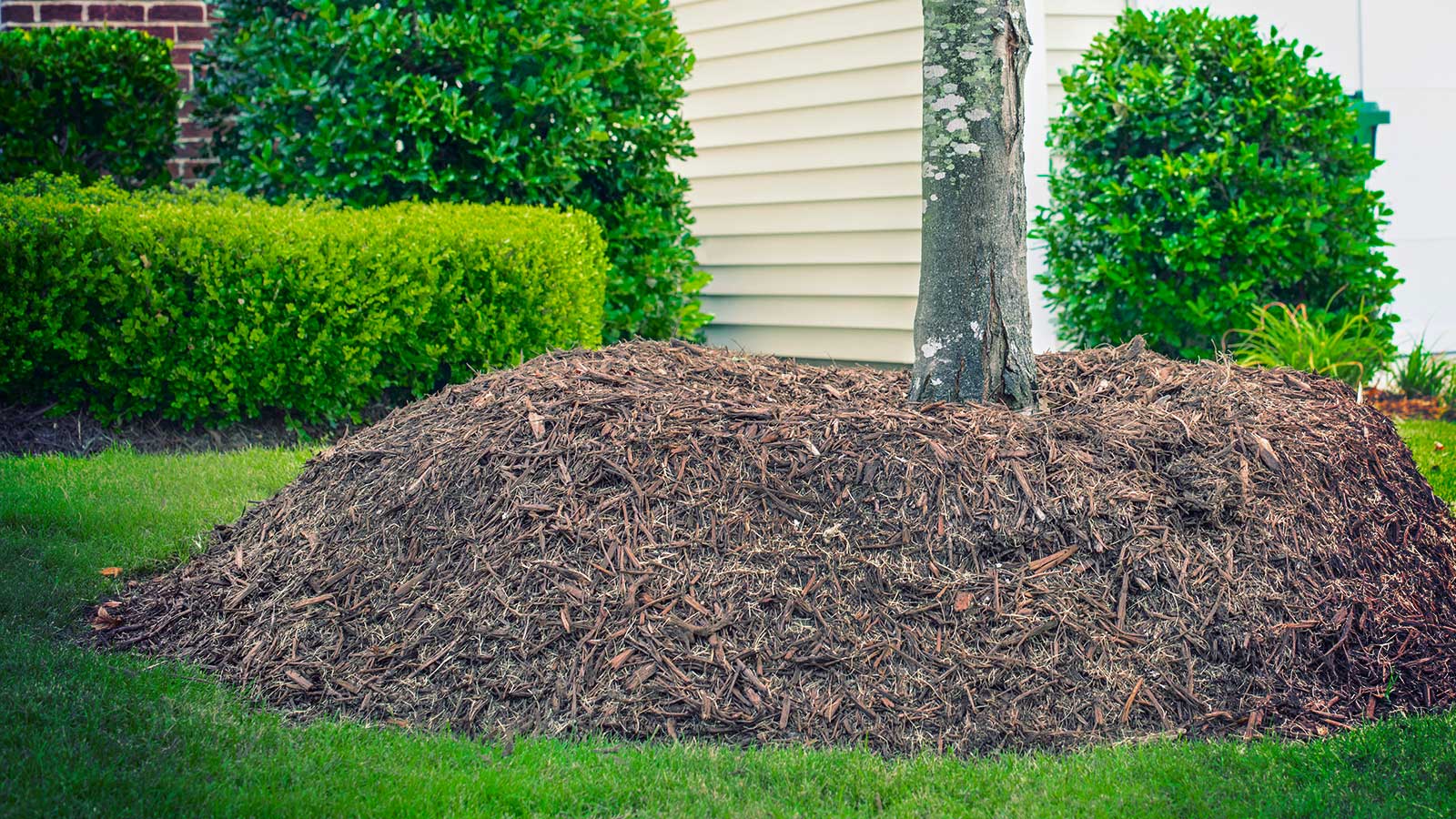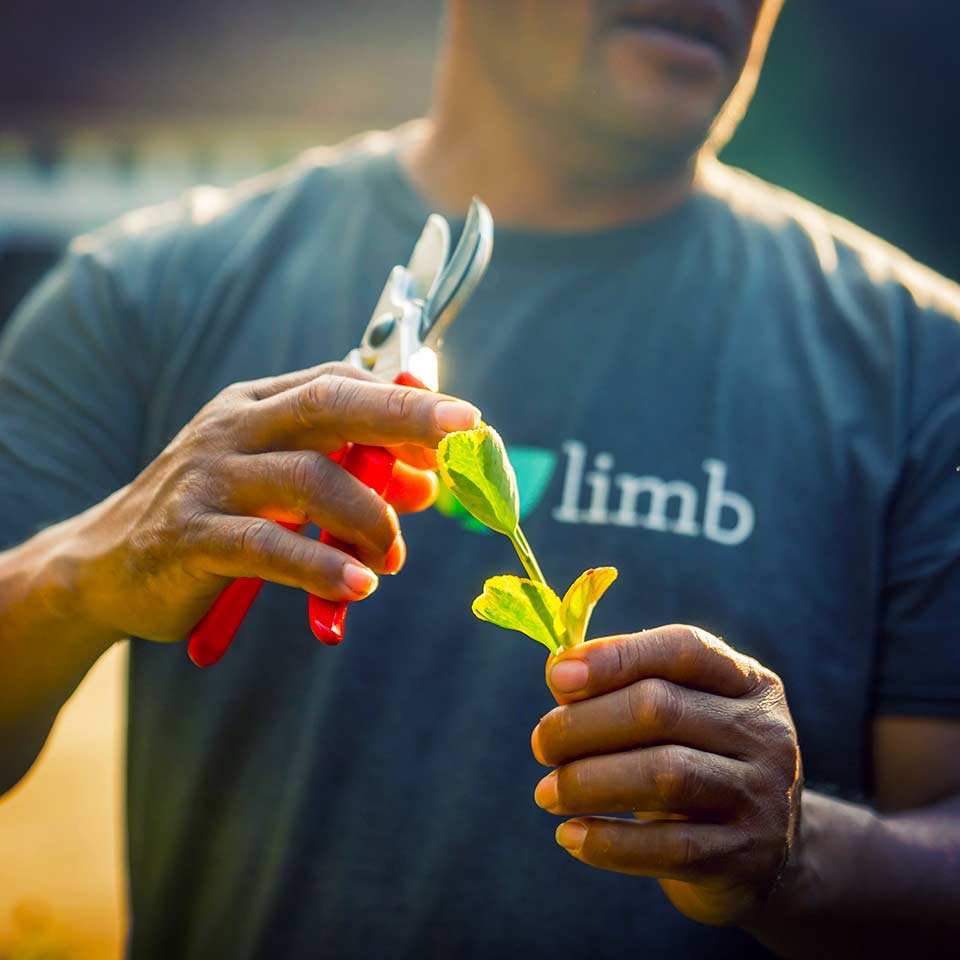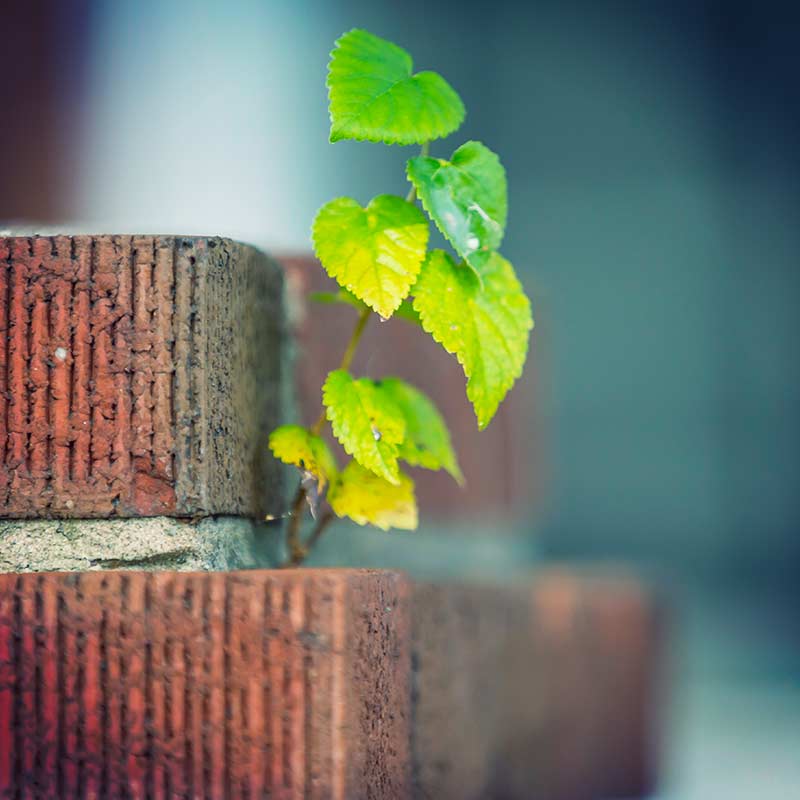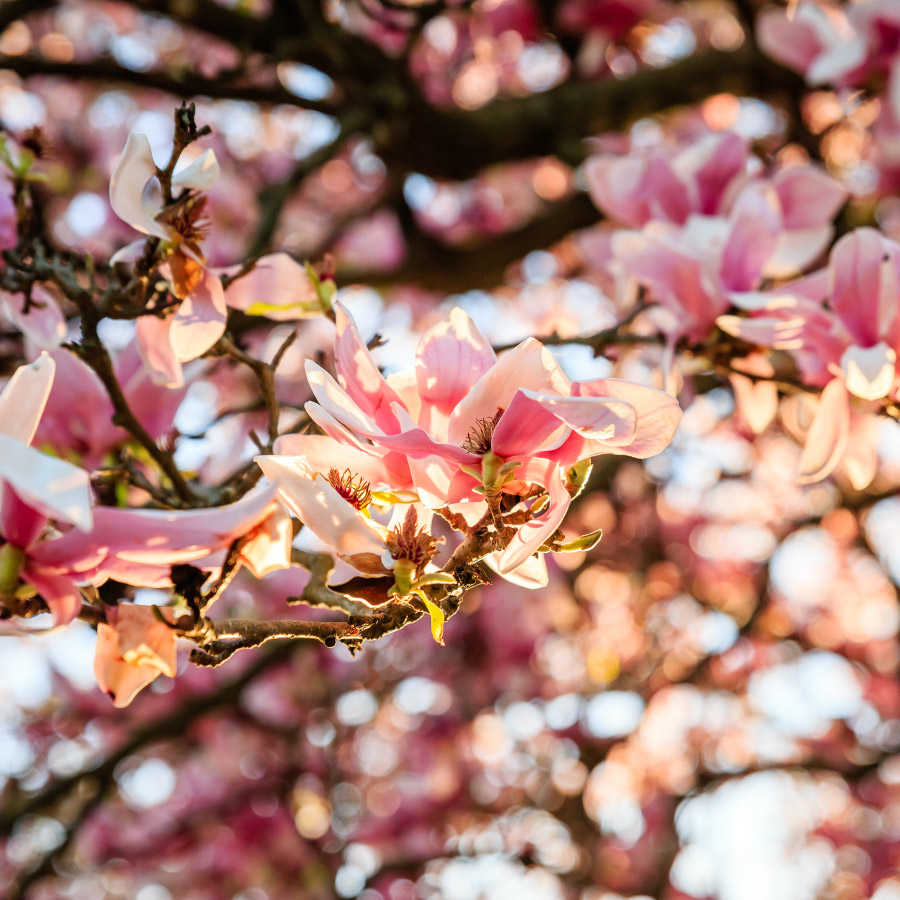February 2024 Treecologist Tribune
The Great Cicada Emergence!

It would seem that the growing season is upon us! NCSU Climate Office reports soil temperatures around 49°F at their Lake Wheeler Road Field Lab. As a general rule, 50°F is the soil temperature that roughly correlates to significant seasonal changes, buds growing, leaves falling, insects emerging, birds migrating, and many others. When the soil temperature heats to 50°F on average, this marks the approximate beginning of the growing season. When it cools back to 50°F on average, this marks the approximate beginning of the dormant season.
Whereas rainfall had been relatively abundant in December and early January, we have received very little rain since the last time I wrote. WRAL has recorded a total of 2.5” since January 23, most of which fell during one rain event. In addition, temperatures have been mild. None of this is good as far as our local trees are concerned.
Speaking of tree-related concerns, cicadas are NOT an issue. We have been receiving a lot of calls this past month from people who are worried about the forthcoming cicada emergence. Let me assure you, there is nothing to worry about. Cicadas will not cause concerning damage to your trees! We had similar hoopla and hype from local media sources back in 2021 – you can check out my interview with ABC on this matter from January of 2021. My feedback is still the same:
- The damage they cause to small twigs when laying their eggs is insignificant.
- There is evidence to suggest that trees improve in health after cicada emergence.
- Cicadas provide essential food to many different birds, bats, moles, wasps, and more – they are part of a healthy ecosystem. Any minor harms they may cause are far outweighed by the benefits they provide.
If you are still concerned, there is one thing you can do: ensure your tree is in the best health possible by maximizing soil health. Ensure the soil around your trees is fluffy and covered in deep layers of rotting leaves, arborist wood chips, and compost.
I am very much looking forward to these cicadas. Few things bring more joy than listening to the humming of cicadas during summer. Their calls remind me to stop and take a moment to appreciate life and summer. Otherwise, it all zips by too fast.
Since the growing season is on deck, now is a great time to reply to Matthew’s question.
He writes, “Mosquito sprays. I know it is a contentious issue. I know it causes strong feelings to go up against very effective marketing about “protecting your family” or “enjoying the outdoors” or “letting the kids play.” I know this because I hear it from my neighbors. Thoughts?”
Great question, Matt! For this, I will highlight another excerpt from my book, From Wasteland to Wonder - Easy Ways We Can Help Heal Earth in the Sub/Urban Landscape. This excerpt from Chapter 15, “More Easy Ways to Promote Outrageous Diversity!”
Excerpt of "From Wasteland to Wonder"
Traditional mosquito control is devastating to all life, including humans. Most of these sprays contain pyrethrin or pyrethroids (the synthetic version of pyrethrin). Both are nerve agents that disrupt our nervous system and brain function. Ditto for all life affected by the spray. Some mosquito spray companies advertise their products as being all-natural. Indeed, pyrethrin is all-natural. But so is asbestos. Being “all natural” does not necessarily make a product safe.
As if all this was not enough, mosquito sprays are downright ineffective. Think about it—the mosquitoes can still fly in from neighboring properties. We would have to spray all the neighboring properties, and perhaps the entire city, to keep them out of our property. Even then, this assumes the spray actually kills all of the mosquitoes on site. It will kill many, but some will survive. Those that survive have fewer predators to eat them, since many of these predators were killed or harmed by the spray. With fewer predators, the mosquito population rebounds more quickly.
Because mosquitos reproduce so quickly, they can develop resistance to chemicals. As we speak, this is happening—mosquitos are becoming resistant to many of the usual chemical approaches, such as pyrethrin.
What are our alternative options for controlling mosquitoes? We can do the following:
- Create habitat so predators like bats and lizards take up residence in our landscape. They love eating mosquitos.
- Mosquitos breed in water and puddles. We should reduce standing water by ensuring none collects in buckets, gutters, downspouts, pots, hollows, etc.
- For standing water we can’t dump or drain, buy BTI mosquito dunks. These contain a substrain of the Bacillus thuringiensis bacteria we learned about earlier that eat baby mosquitos.
- Remove English ivy: This stuff holds water and creates the perfect breeding ground for Asian tiger mosquitos. It is also invasive in the United States.
- Garlic spray can serve as an alternative to traditional mosquito sprays. It is approximately as effective as traditional sprays (i.e., not very effective), but without the damaging consequences.
- Use fans. Mosquitos are bad at flying. Strong fans blowing across a patio or porch will rid it of these blood sucking fiends.
- My preferred approach: we can apply nontoxic balms and sprays on our bodies. By protecting ourselves at the point of contact, we can generate the most effective defense against mosquitoes.
Here is additional help on this topic for those who want more.
Because we are now deep in this topic, let me touch on one other ineffective approach: bug zappers. These devices use ultraviolet (UV) light to draw in mosquitoes, where they then contact an electrical grid that kills them. Unfortunately, mosquitoes are not attracted to UV light. They are attracted to CO2 that we and other life exhale. The insects that do get zapped include beneficial solitary wasps as well as moths, whose caterpillars support our bird populations. Skip the bug zappers.
Before I leave this topic, I want to note that all life has value, even mosquitoes. At a minimum, they provide a huge amount of food for other insects, birds, and bats.
I’m OVER THE MOON EXCITED about the forthcoming release of my book! Its release will be the topic of our next newsletter in early March, which is also when pre-orders begin. Until then, enjoy what could be our few remaining weeks of chilly mornings!
And PS, keep sending me your questions and ideas for topics! Your input is my favorite source of inspiration when I write these newsletters. Thanks in advance!









